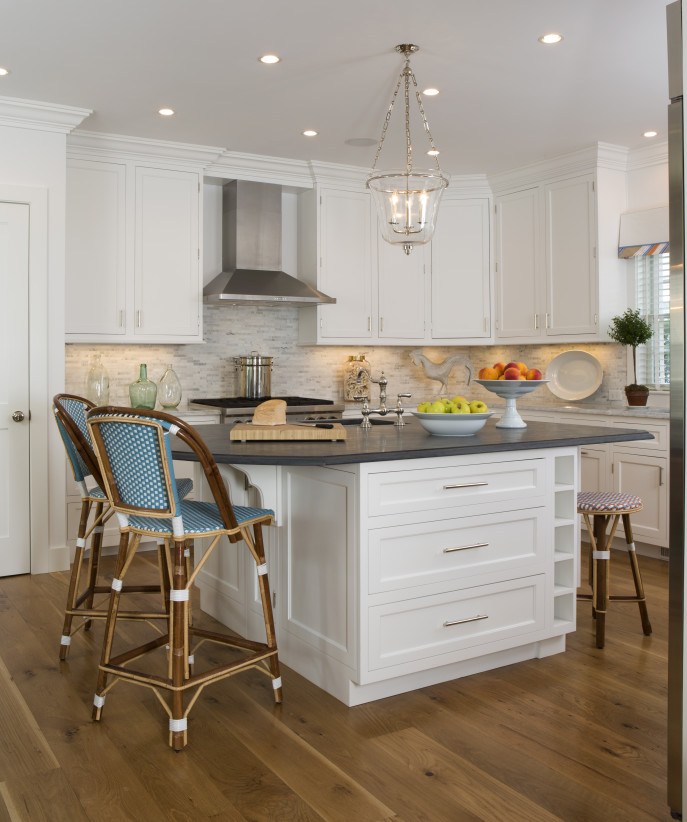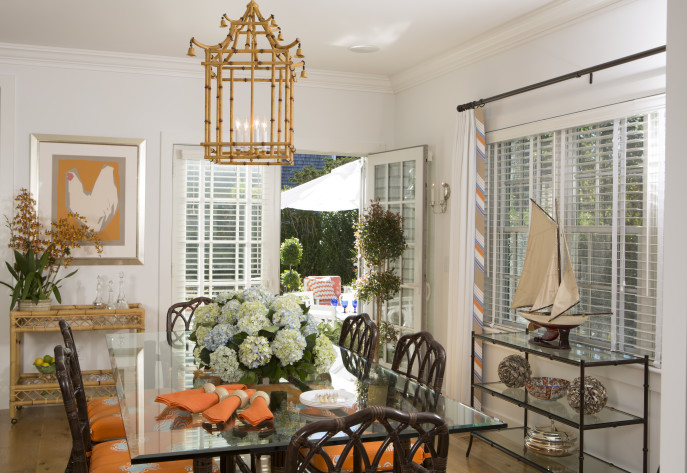The painting above has been missing for twenty five years. Rembrandt van Rijn painted it, and titled it “The Storm on the Sea of Galilee.” It used to hang in the Isabelle Stewart Gardner Museum in Boston, but was stolen in an art heist in 1990, a theft that removed a billion dollars worth of art from the museum.
Art depicting the sea has been popular for centuries. Rembrandt painted “The Storm” in 1633, part of the Dutch Golden Age, when marine painting was a major genre. A little bit of history explains why: overseas trade and naval power were hugely important to the Dutch Republic, and so began the very first career marine artists, who painted almost nothing else.
The Battle of Trafalgar, J.M.W. Turner
The Romantic Age (roughly 1800-1850) saw marine painting surge in popularity. Detailed portraits of ships and the sea were sought from painters such as J.M.W. Turner, for whom painting the sea was an obsession. He was commissioned to paint “The Battle of Trafalgar,” a far cry from the kinds of coastal scenes that followed from other painters, featuring tranquil waters and soft light.
Lake George, 1862, Martin Johnson Heade
America experienced its own romance with marine art when immigrants, mostly English, came to the U.S. in the 19th century. Their arrival coincided with the coast being regarded as a place of leisure rather than work and danger. Beach scenes, coastal landscapes and river views became more common, especially among the Impressionists.
New York Yacht Club Race, James Edward Buttersworth
The poet Mary Oliver calls the sea “this enormity, this cauldron of changing greens and blues,..the great palace of the earth. Everything is in it–monsters, devils, jewels, swimming angels, soft-eyed mammals…also, sunk with some ship or during off-loading, artifacts of past decades or centuries…” No wonder we’re fascinated by it!
America’s Cup, by Michael Keane
I use marine paintings in many of my client’s homes. Coastal scenes are also found throughout my own home, several depicting places I’ve loved and lived. I’ve written before about some of my favorite painters, including many beautiful works by my friend, Michael Keane.
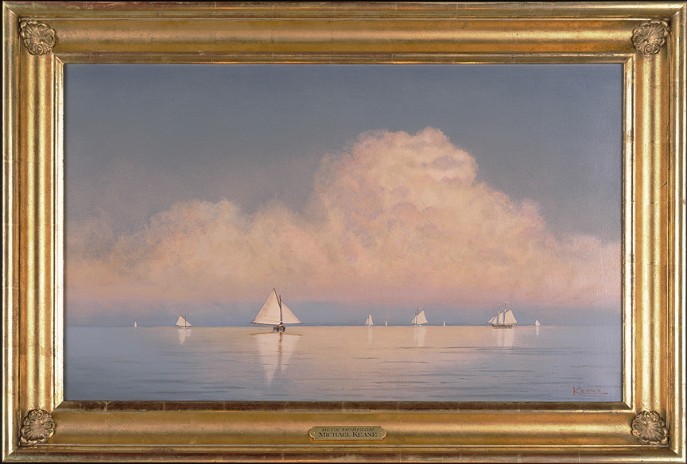
Blue Horizon, Michael Keane
No matter where they’re hung, marine paintings bring peace and beauty to a space, lifting us somehow into another place, where we can almost feel the sea breeze.
The beautiful living room, below, has several fine examples of marine art, including pieces by Antonio Jacobsen and Michael Keane. The portrait to the left is of an 18th century sea captain, another way to bring the seafaring life to your home.
Bedrooms are particularly good places to hang favorite pieces of marine art, as the soft blues and greens and even the white capped waves can add to the room’s soothing ambiance.
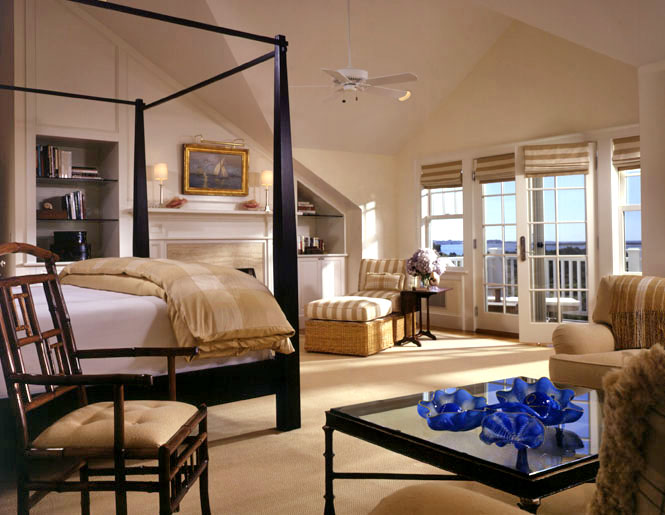
Painting over mantel is by American artist Tim Thompson
Any room can benefit from a striking marine painting. Here, artwork by renowned oil painter Tim Thompson enlivens the space.
Another work by Tim Thompson hangs above the sofa in a Nantucket home on the harbor.
Finding galleries with knowledgeable professionals to assist in buying art is an indispensable part of collecting any artwork. I particularly have loved working with Quidley and Company, both in Boston and on Nantucket Island at 26 Main Street.
Another favorite gallery is Cavalier Galleries, with locations in Greenwich, Connecticut, New York City, and on Nantucket, at 10 Federal Street.
A famous gallery known nationwide is J. Russell Jinishian, in Fairfield, Connecticut. Tucked away on a quiet street outside of town, people who know marine art know about this very special gallery just an hour away from New York City. Its extensive inventory includes over 1,000 marine paintings, drawings, sculptures, ship models and scrimshaw, by some of the world’s leading marine artists. Mr. Jinishian will be speaking on marine art on April 24th at 7 p.m. at the Black Rock Yacht Club, Black Rock, Connecticut.
J. Russell Jinishian Gallery, Fairfield, CT
The beauty of the ocean will always call to us, so maritime art and marine paintings will, likewise, always be sought after. Whether you are fortunate enough to own artwork by an old master, a revered artist who has passed on, or are enjoying the experience of collecting art by some of our wonderful living artists, your home will always be enhanced by your purchases.
As Mary Oliver says, “…on the water we shake off the harness of weight; we glide; we are passengers of a sleek ocean bird with its single white wing filled with wind.”
The Last Trap, by Michael Keane





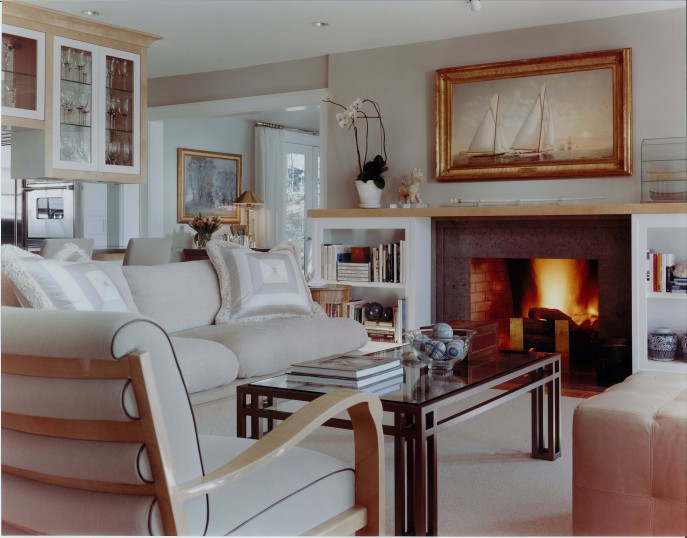
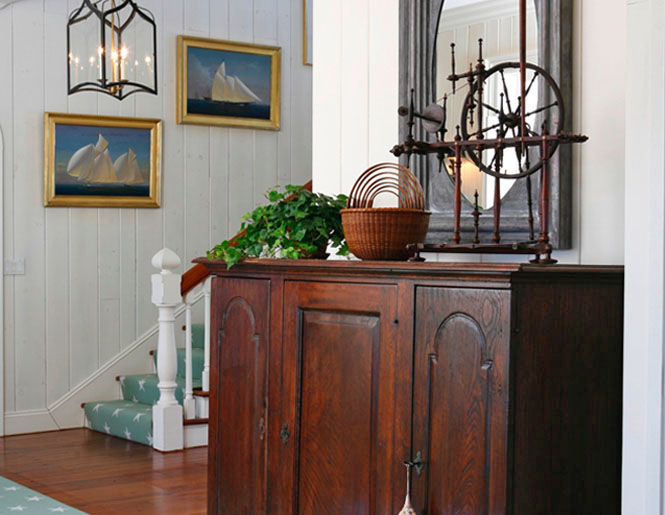
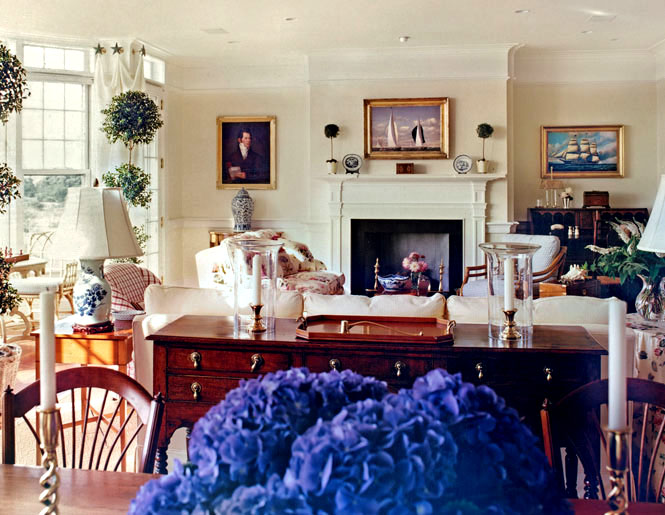
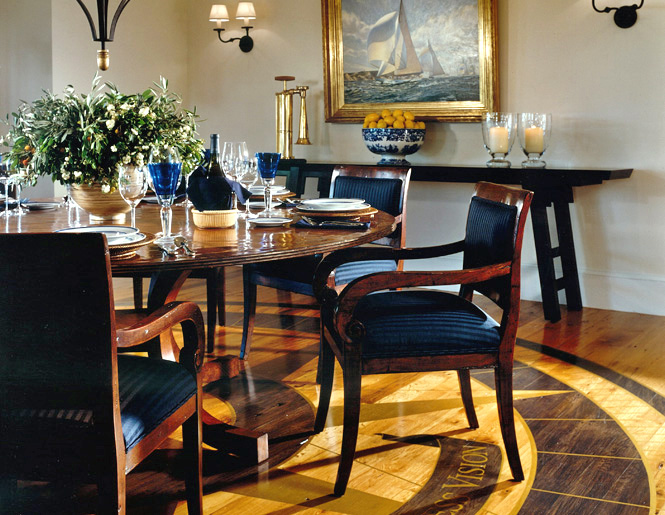




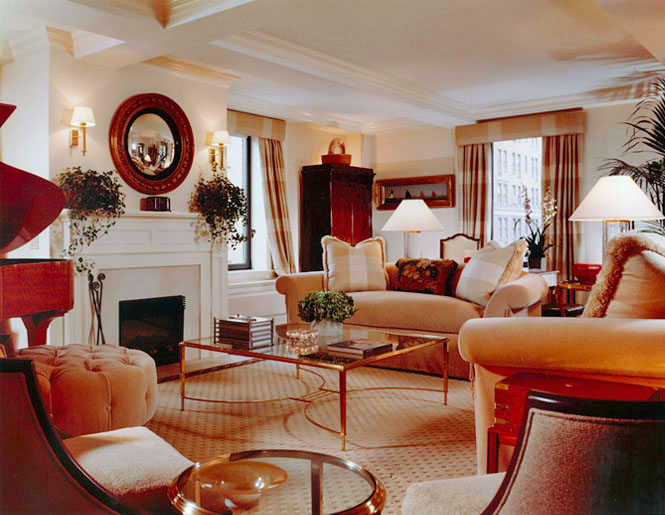
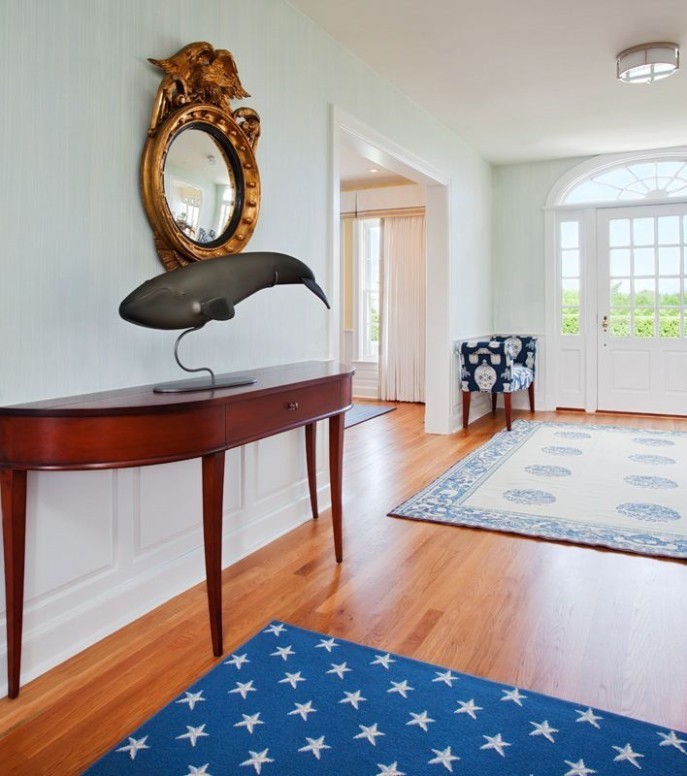

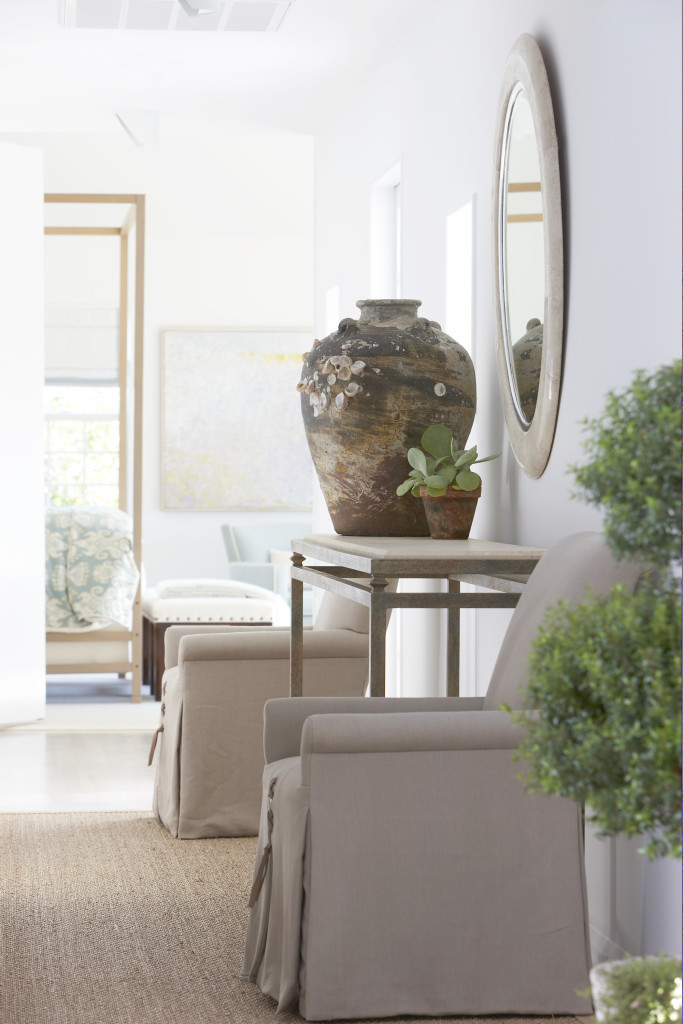
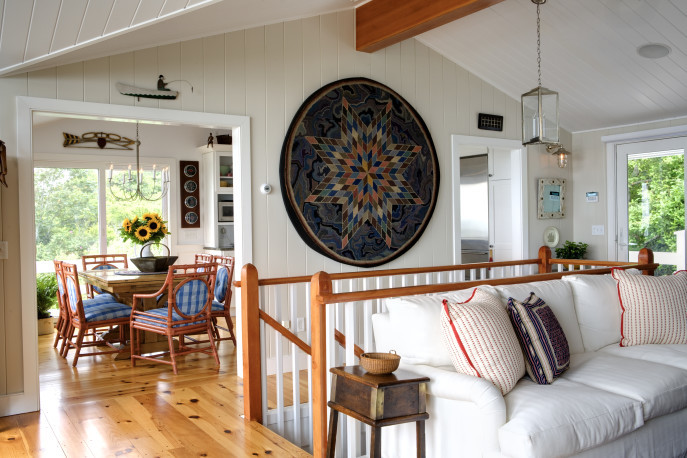
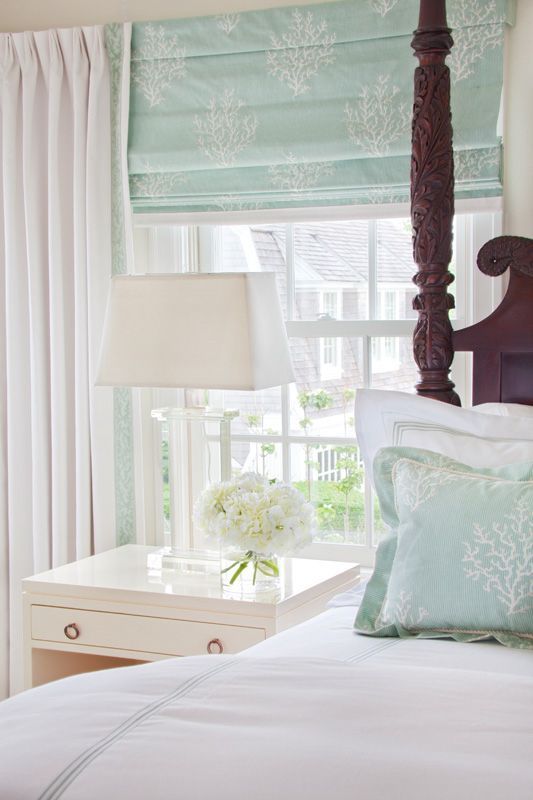
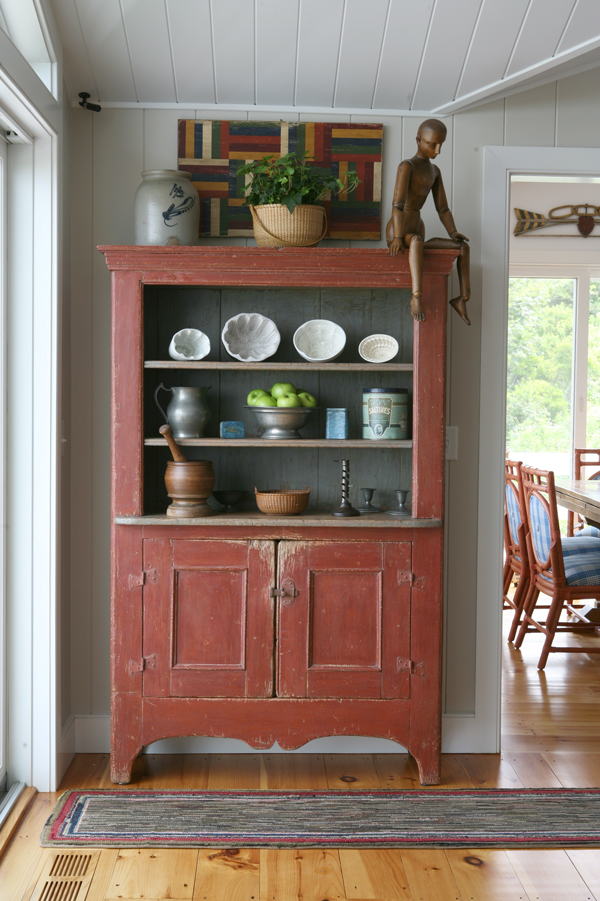
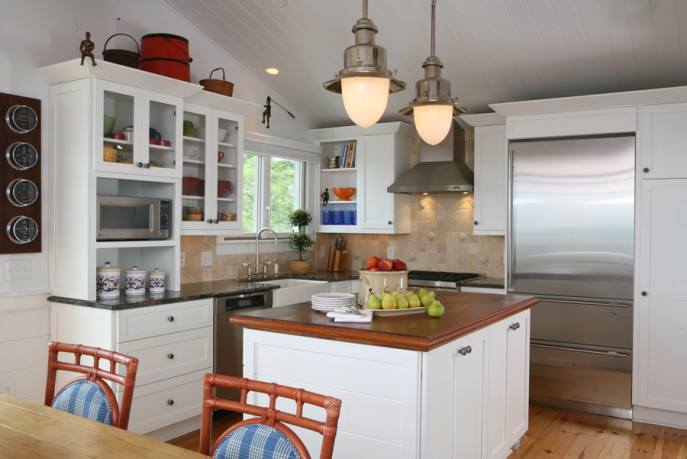

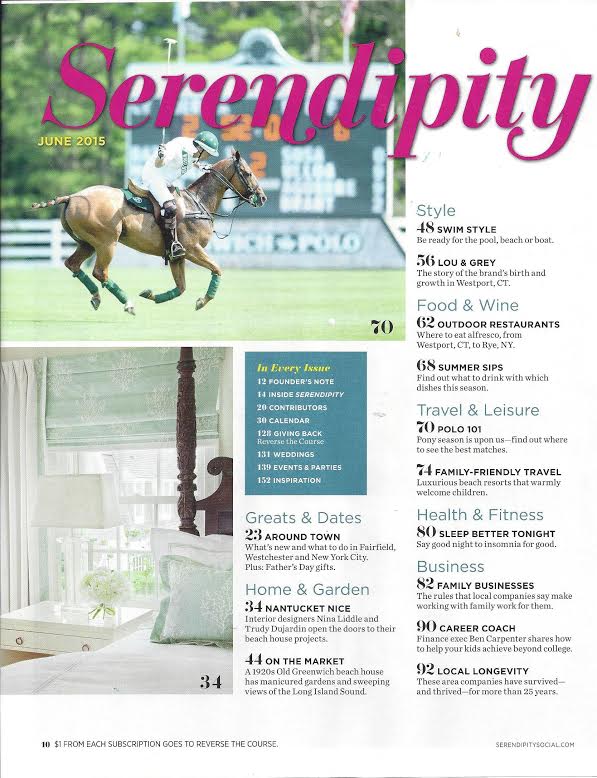

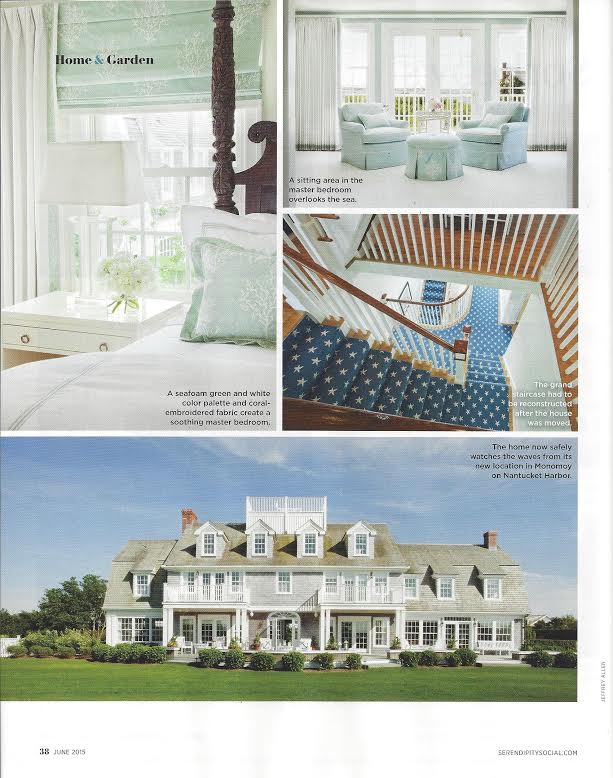
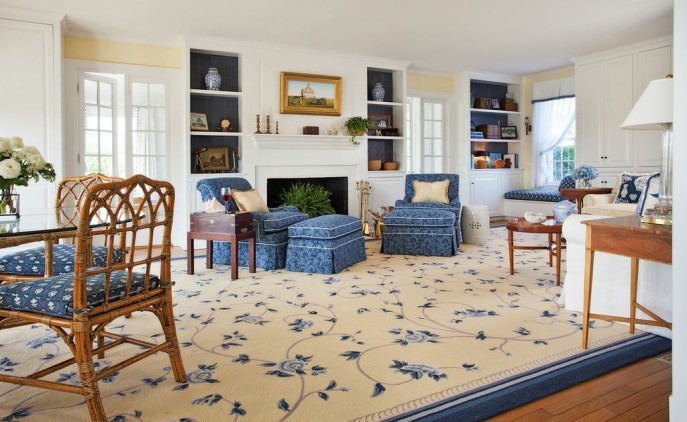
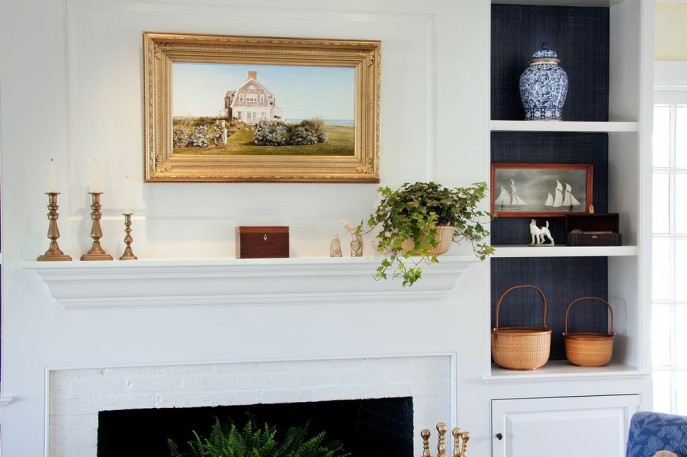

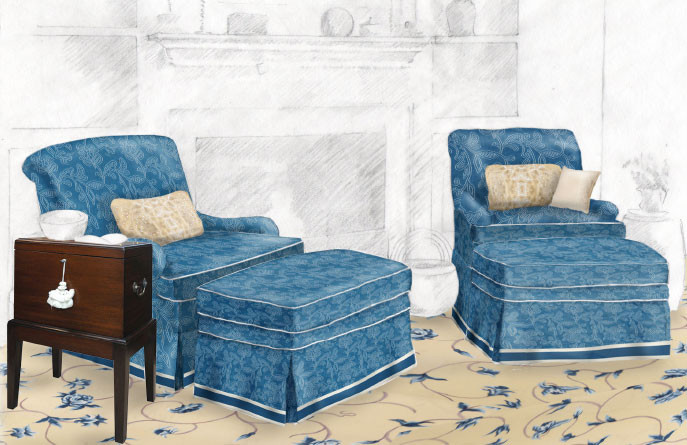
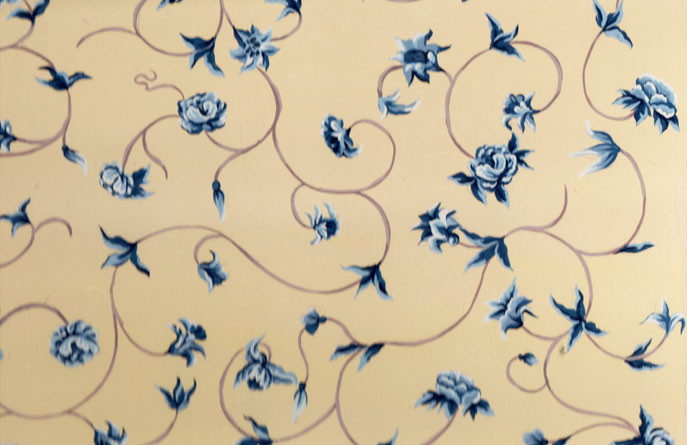
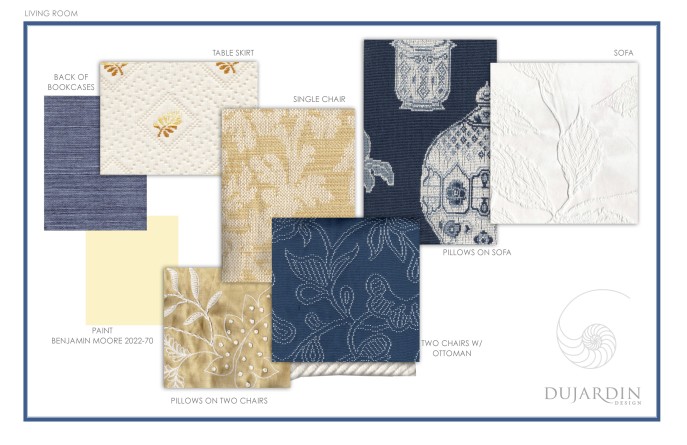
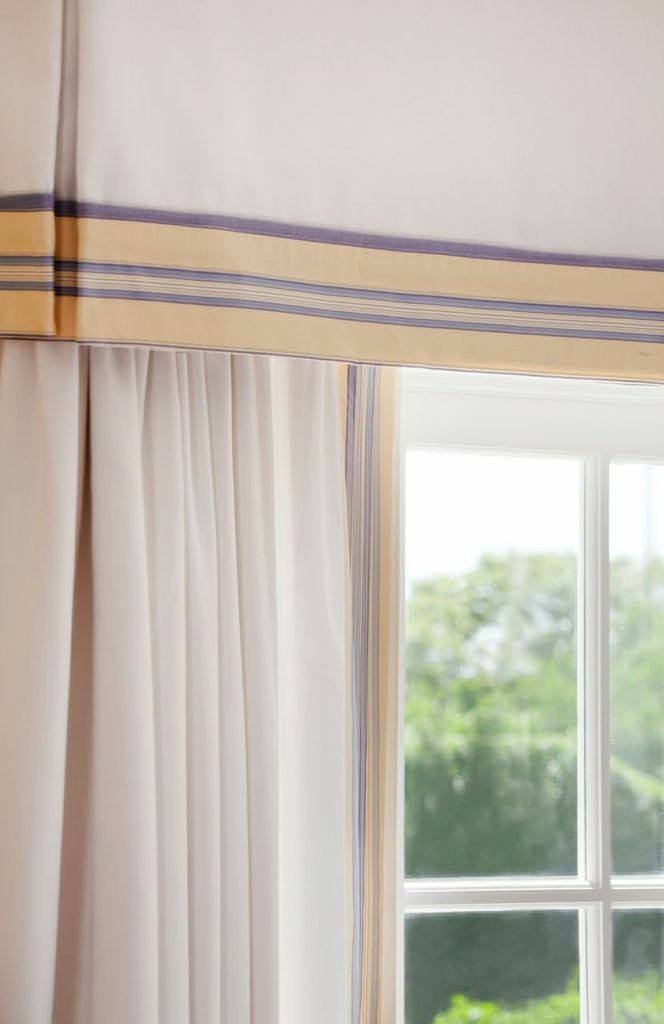


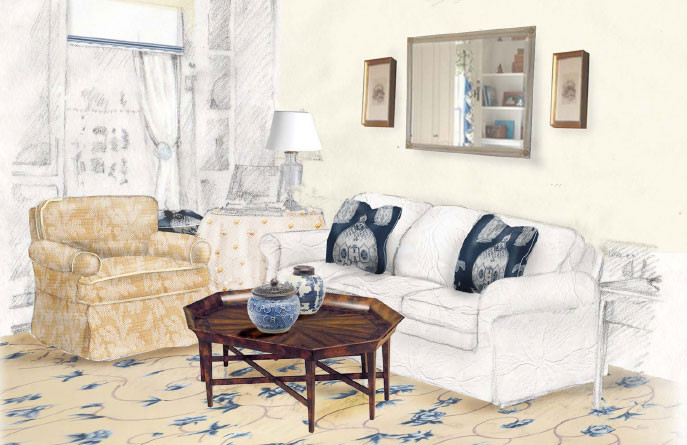
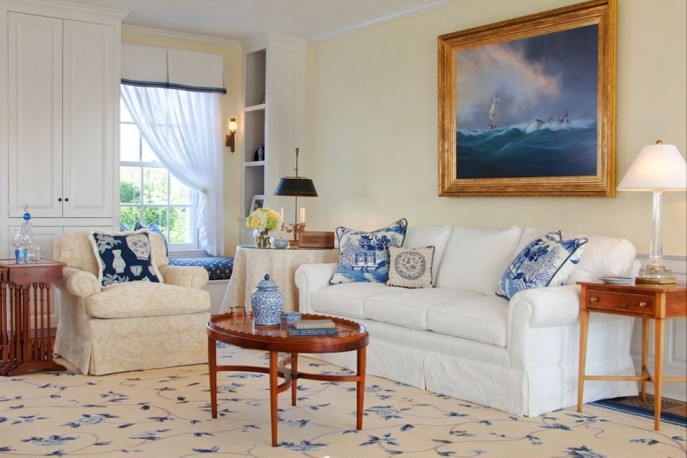
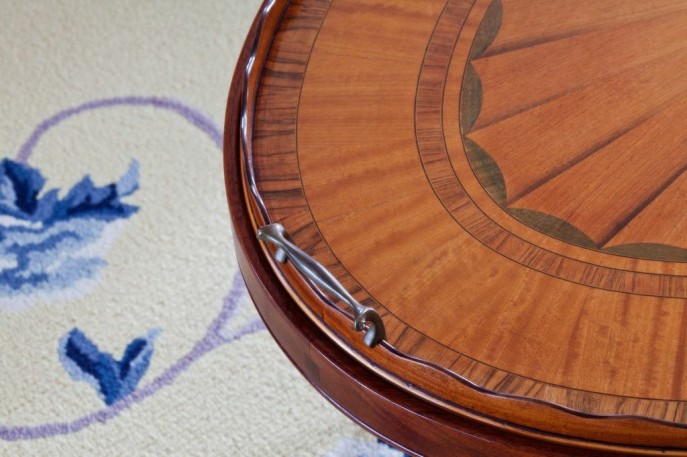
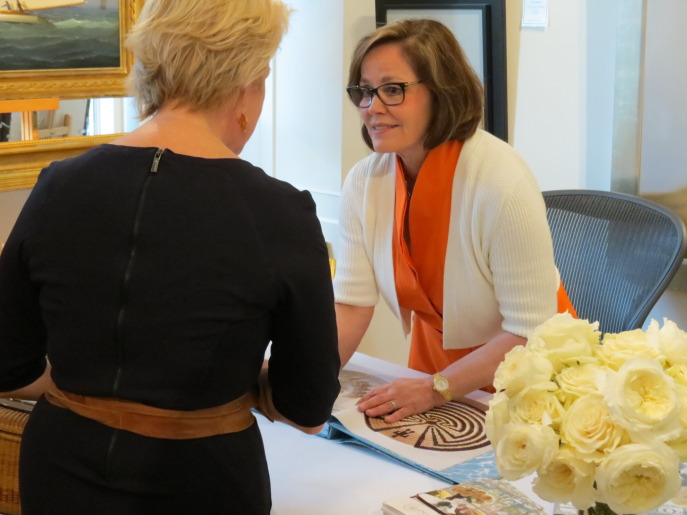
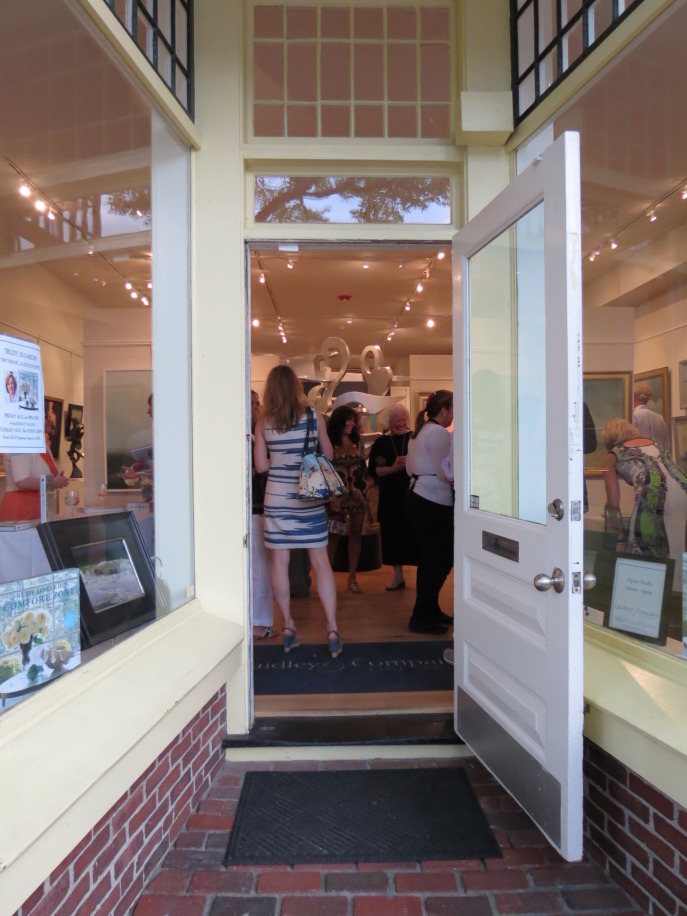
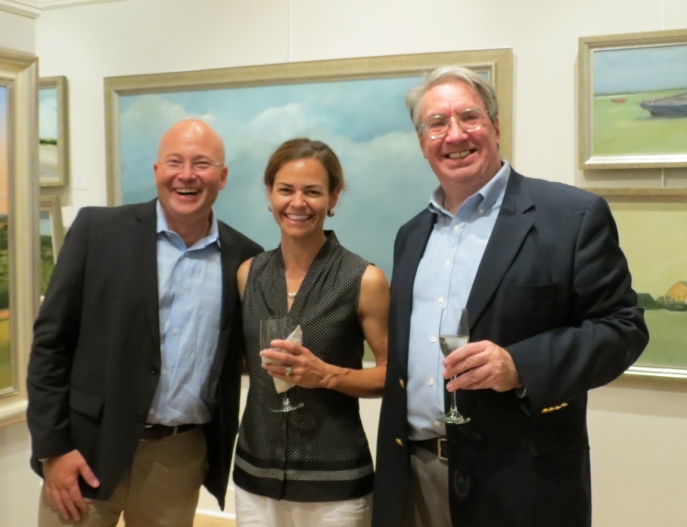
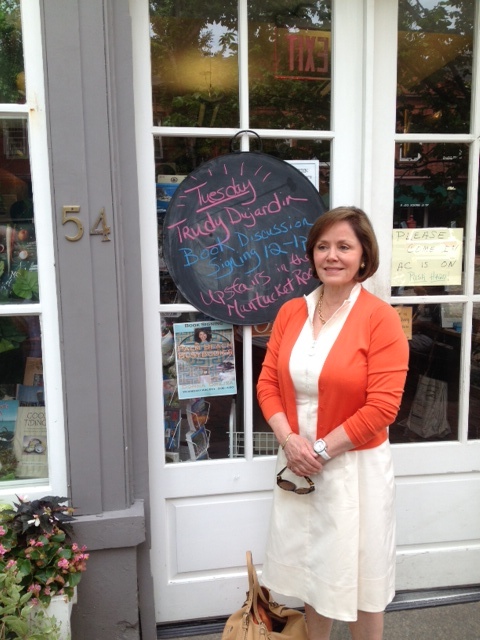


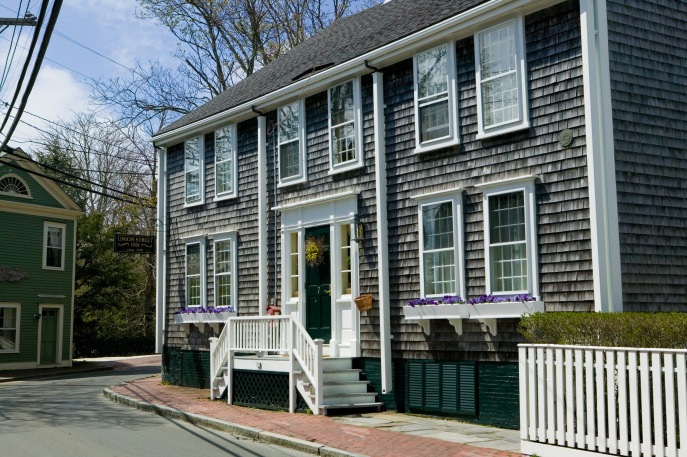
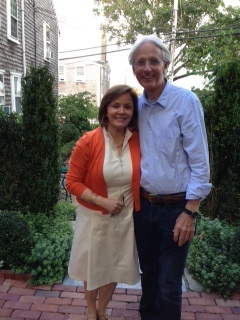
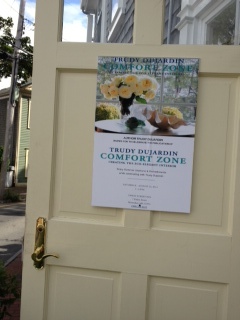
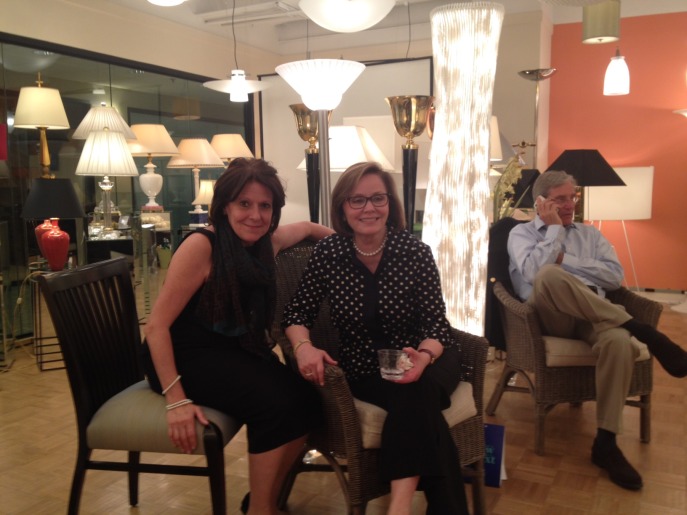


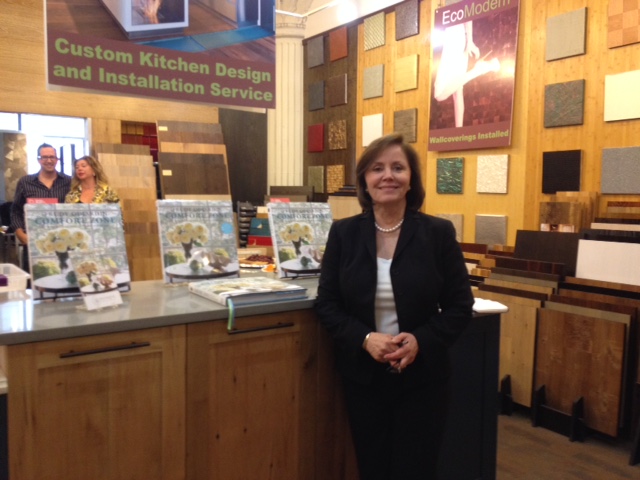


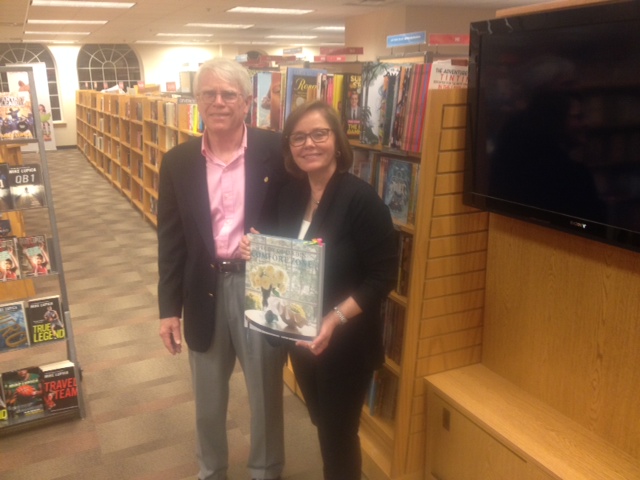
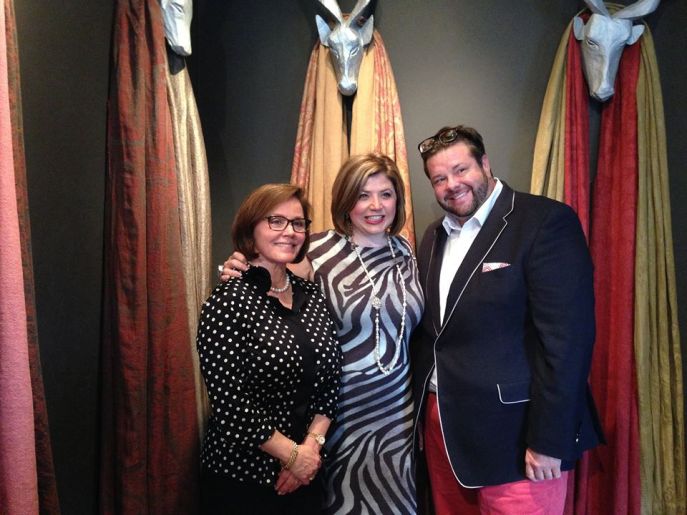
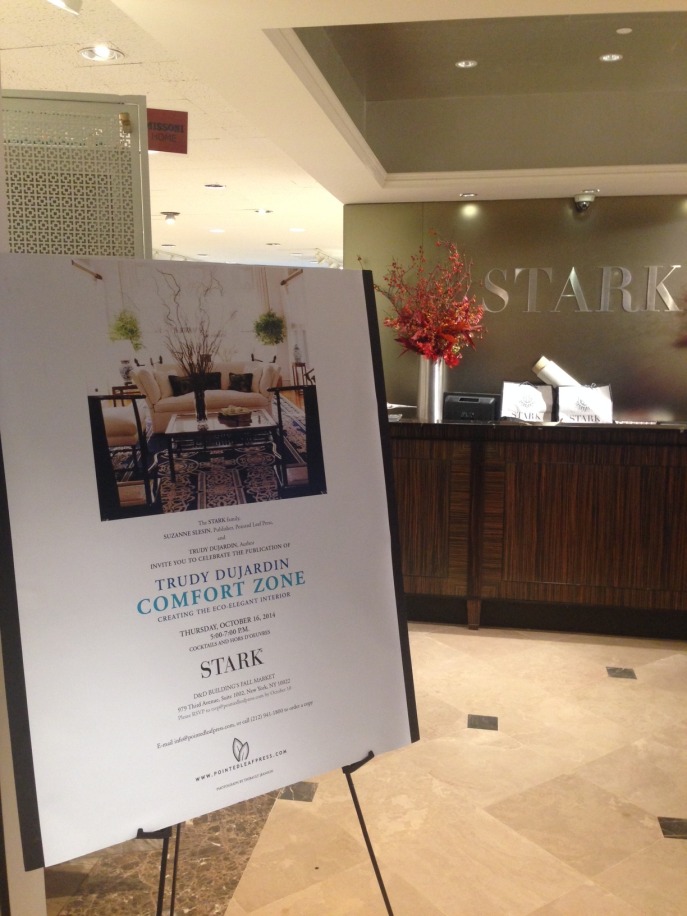
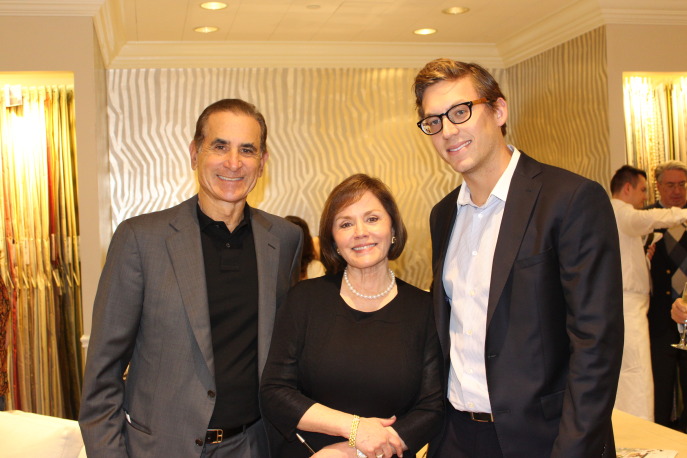
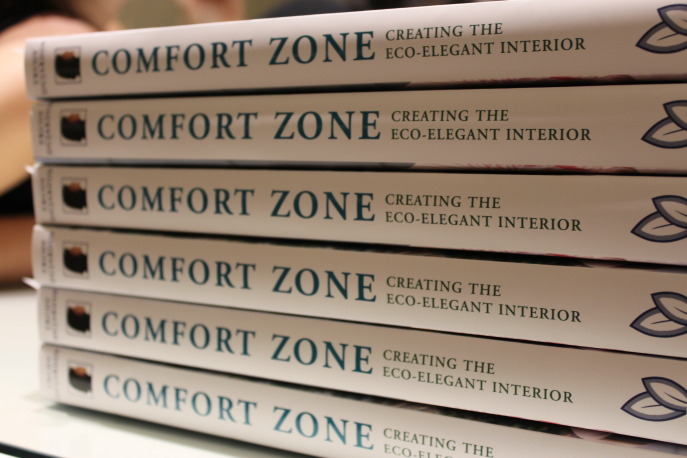
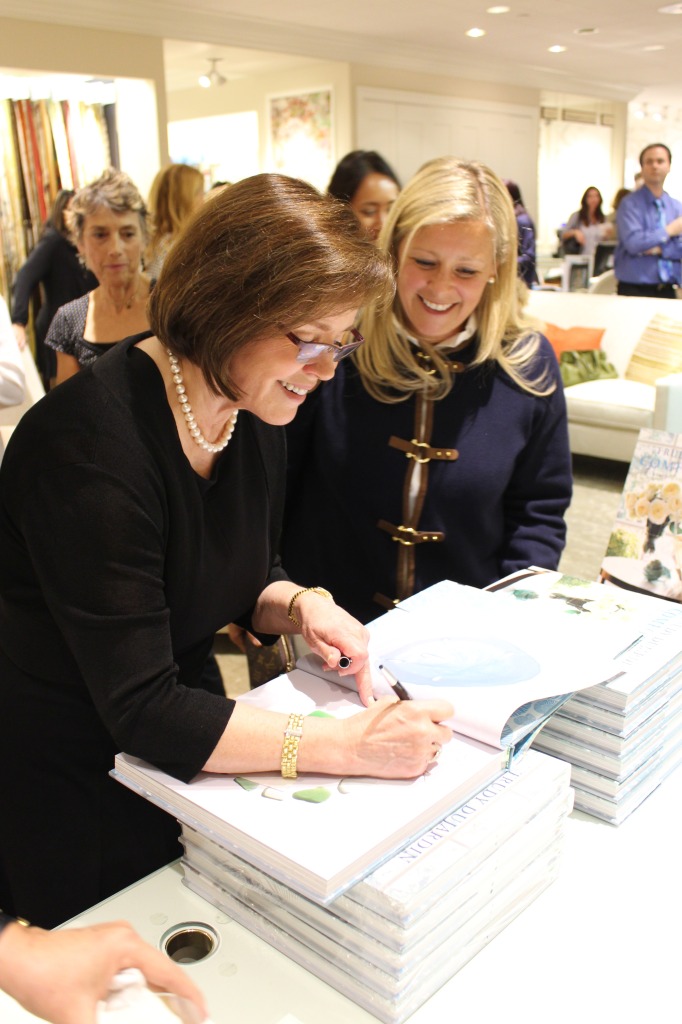
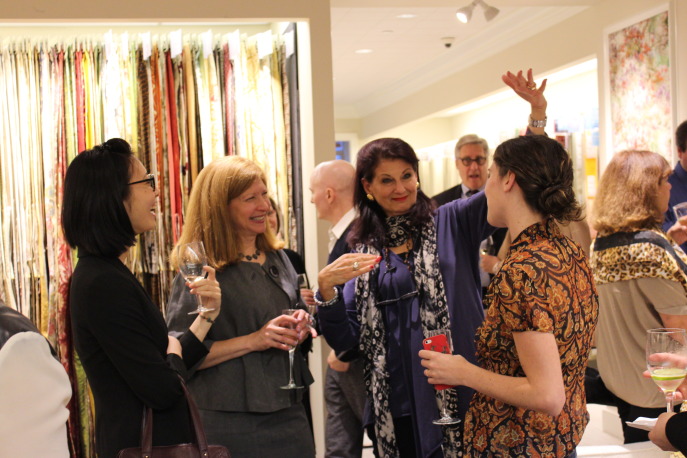
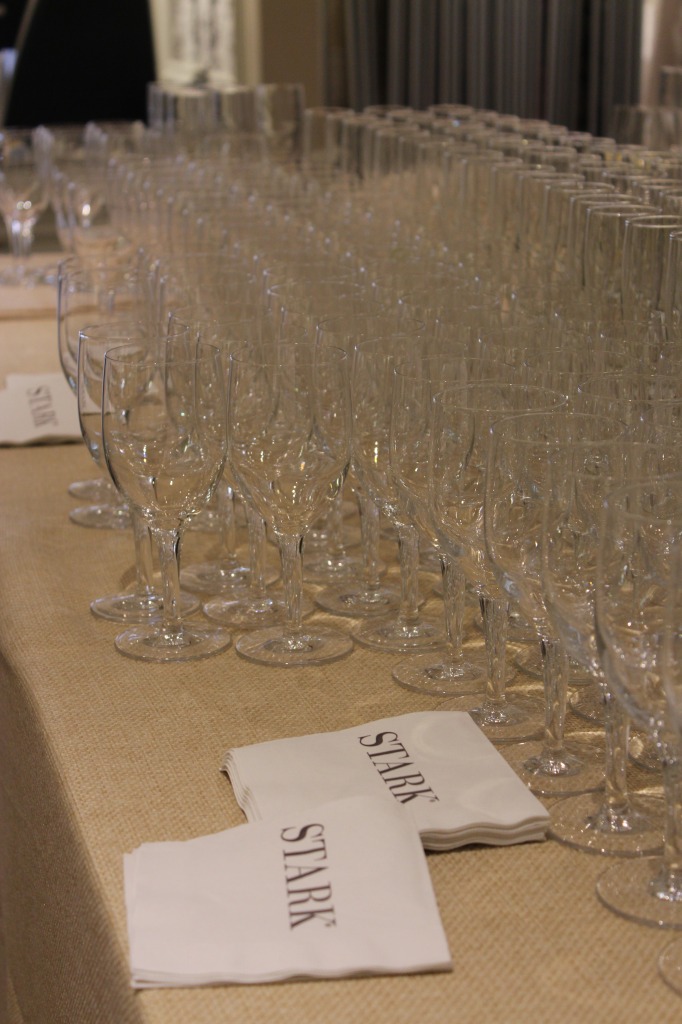
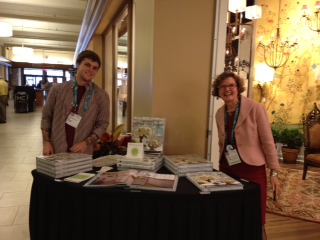
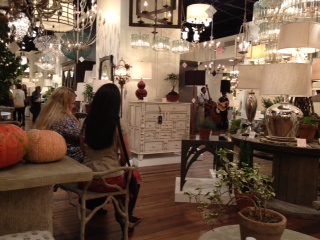
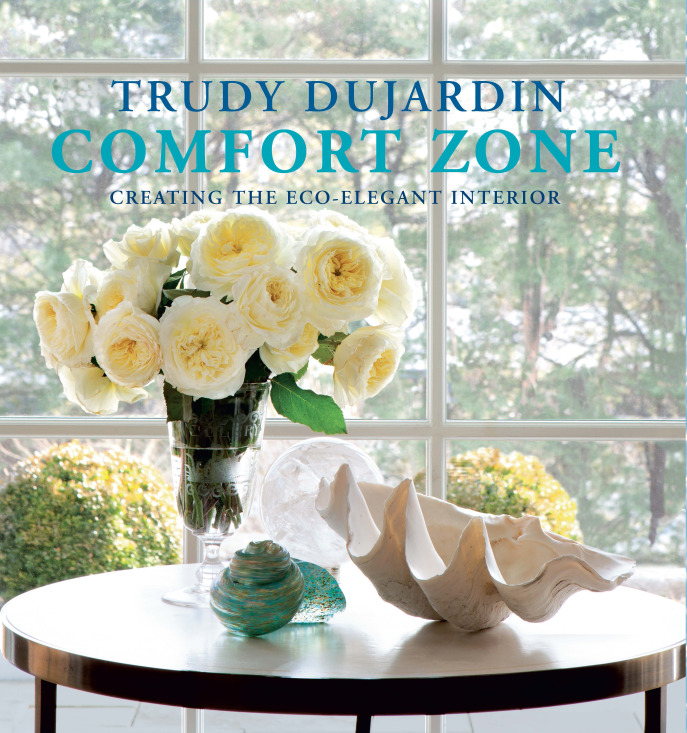
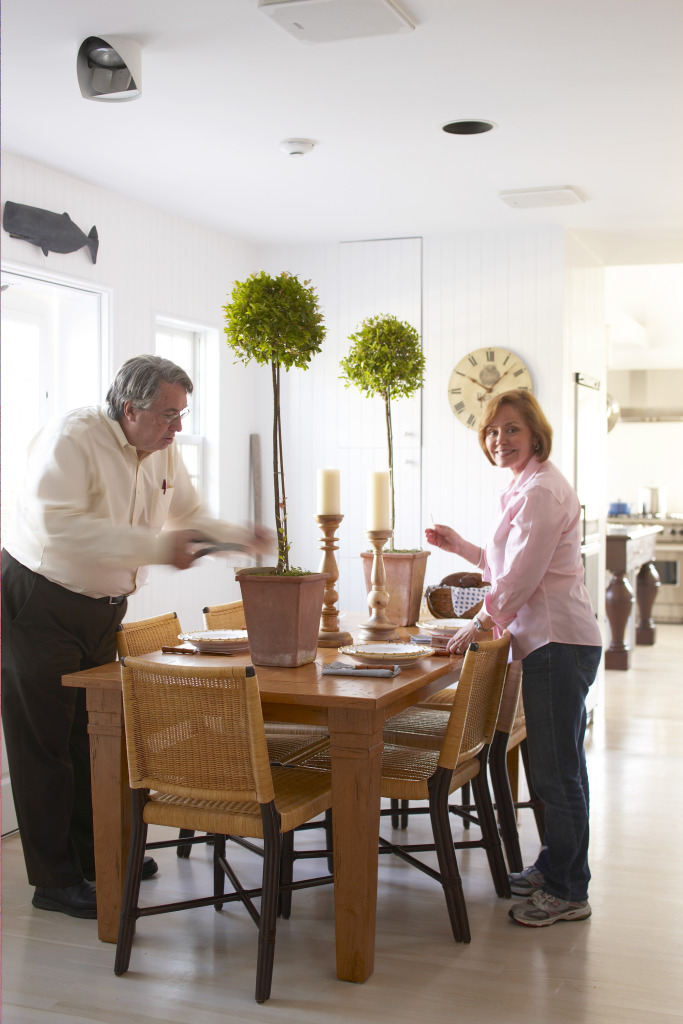
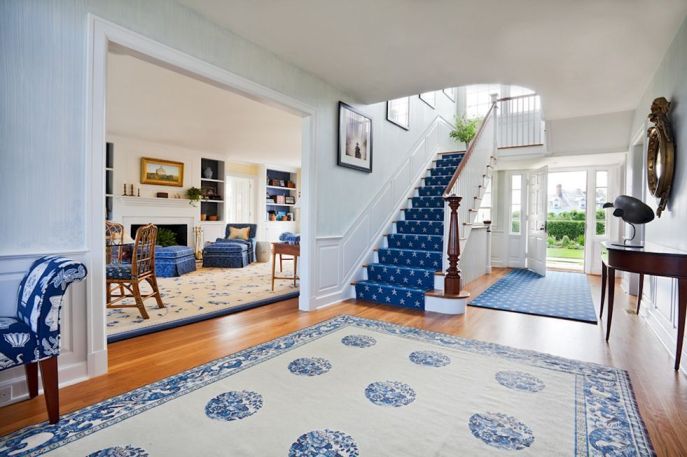
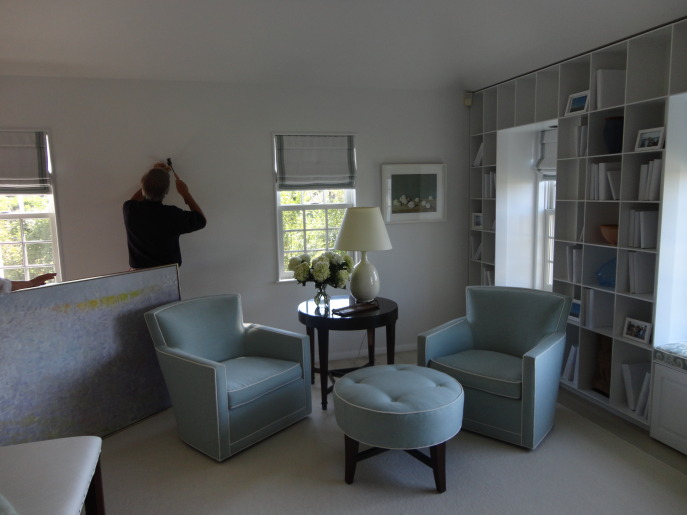
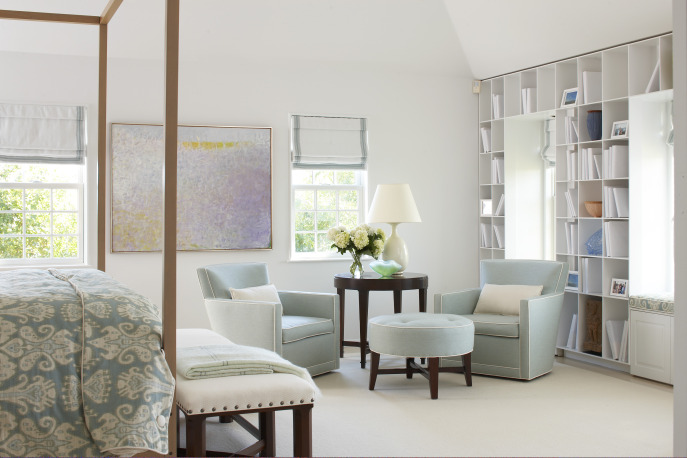
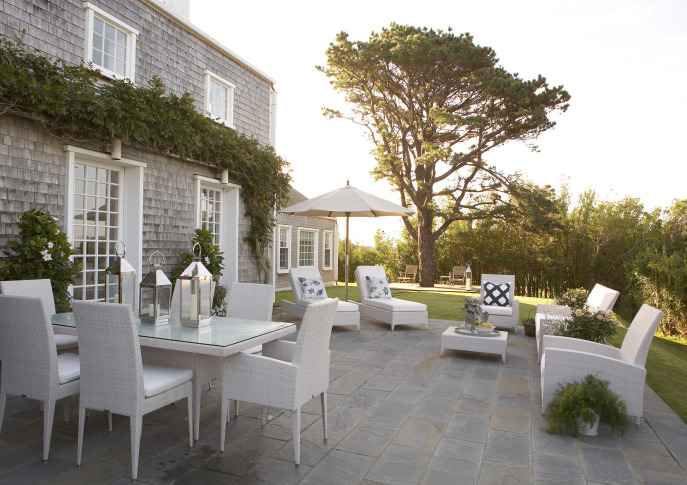
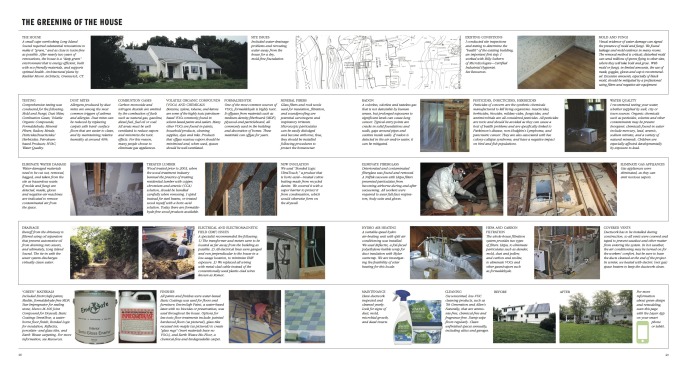
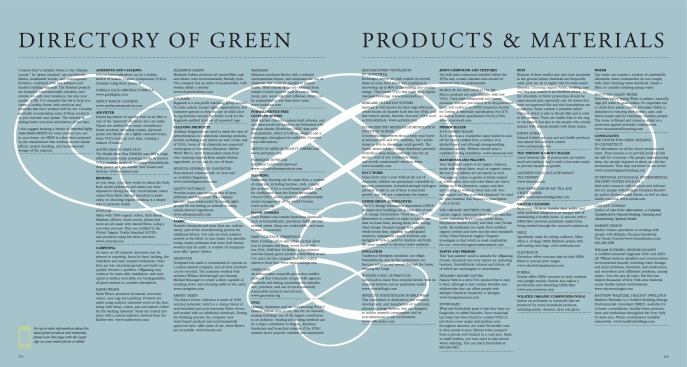
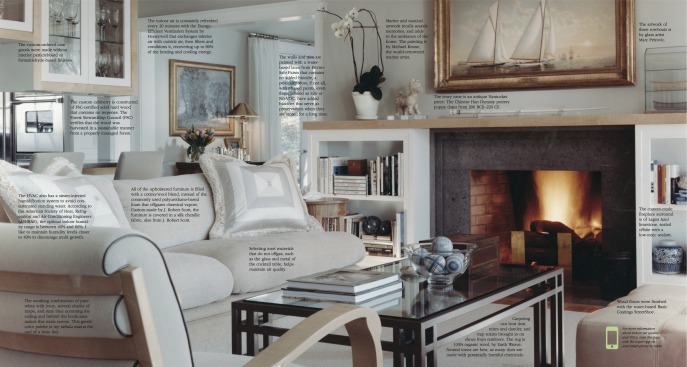
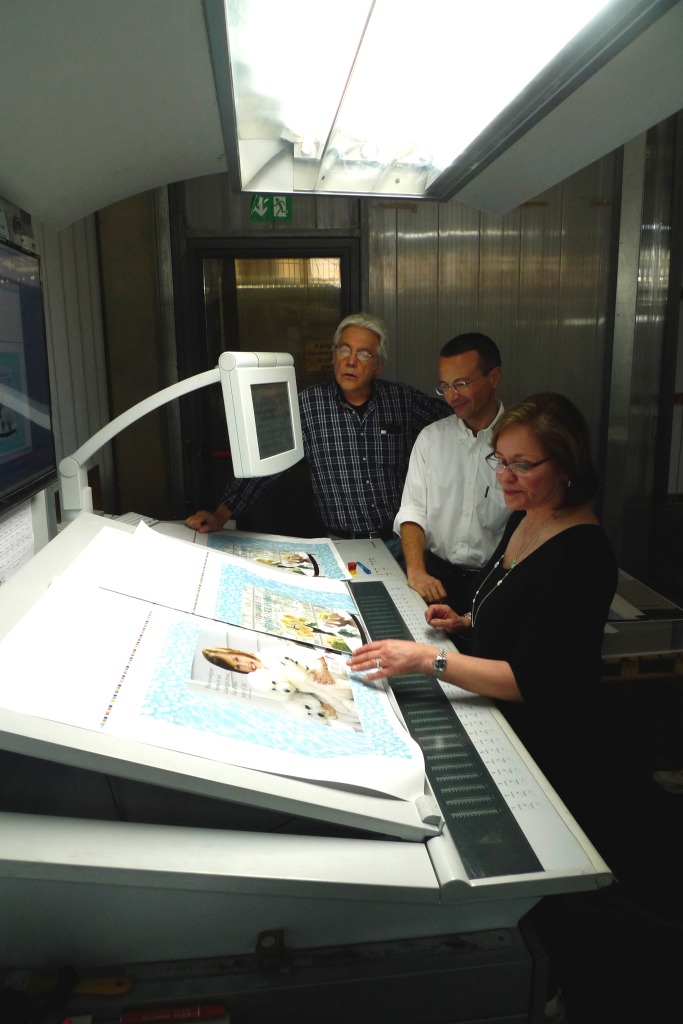
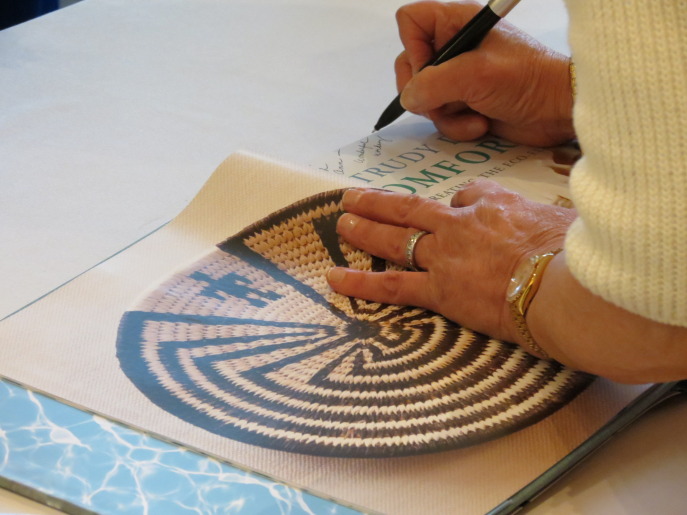
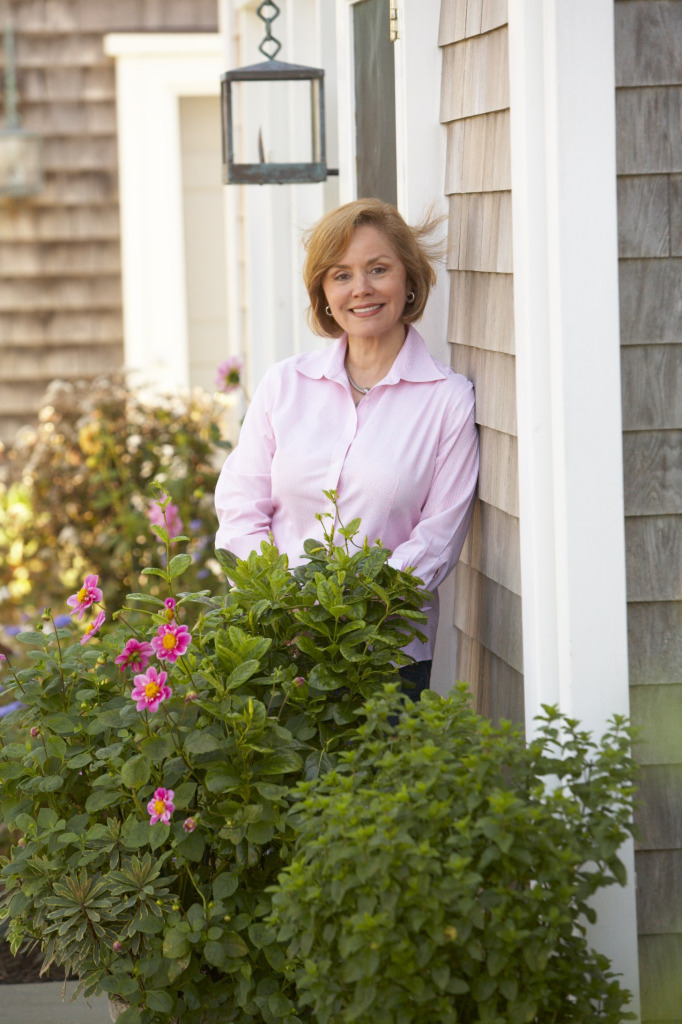
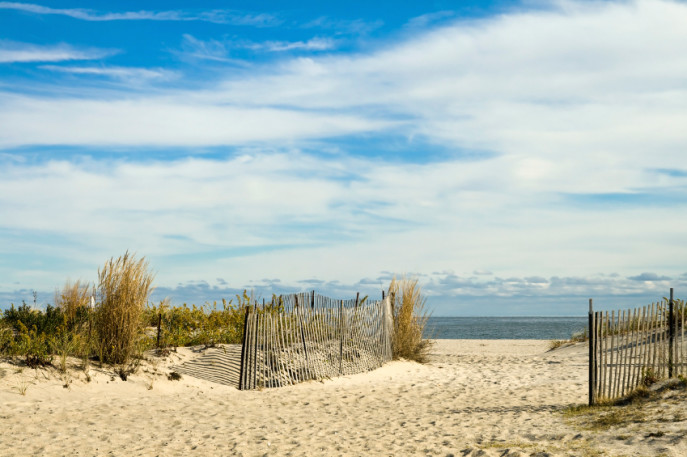
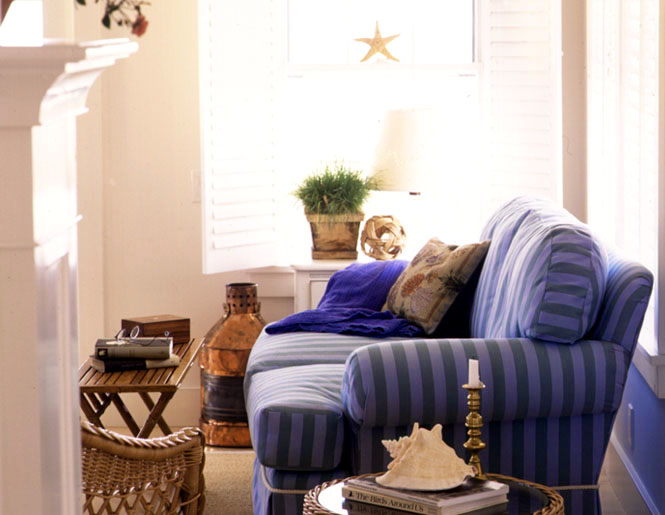
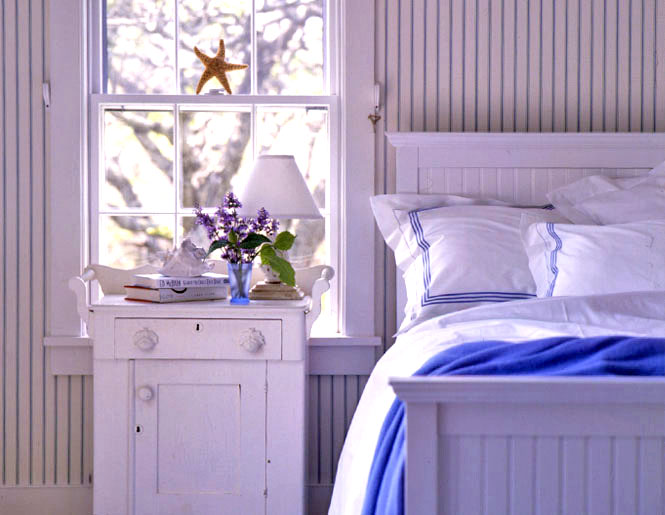
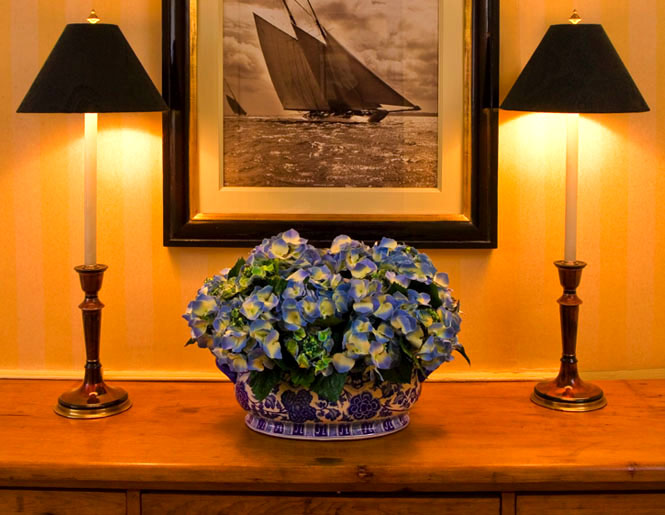
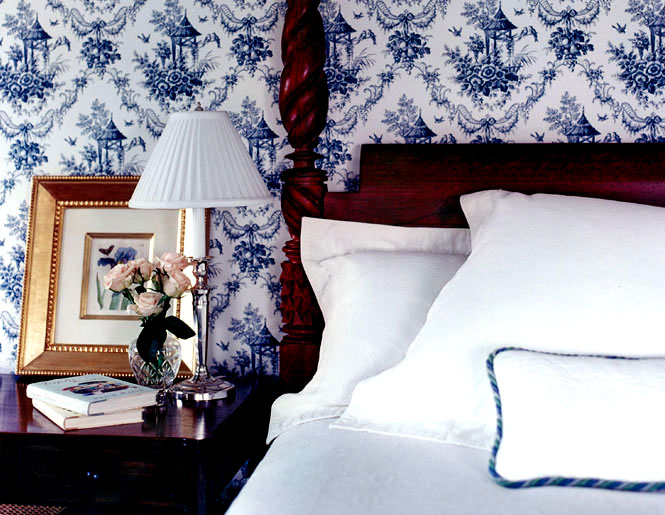
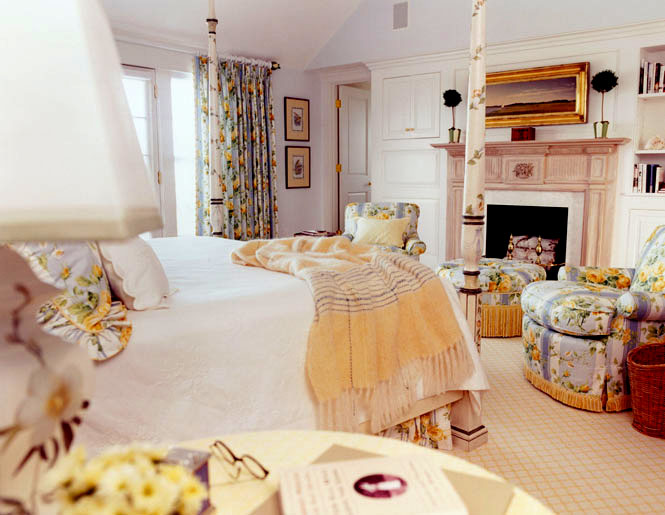
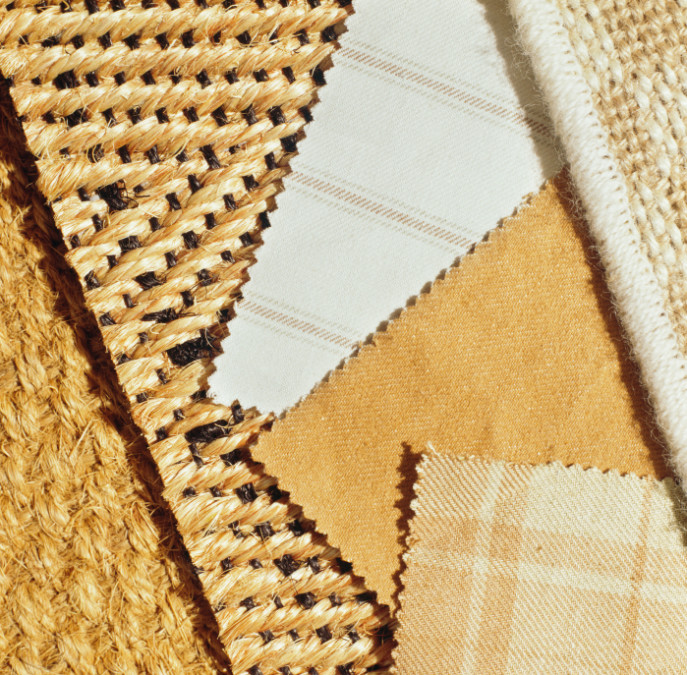
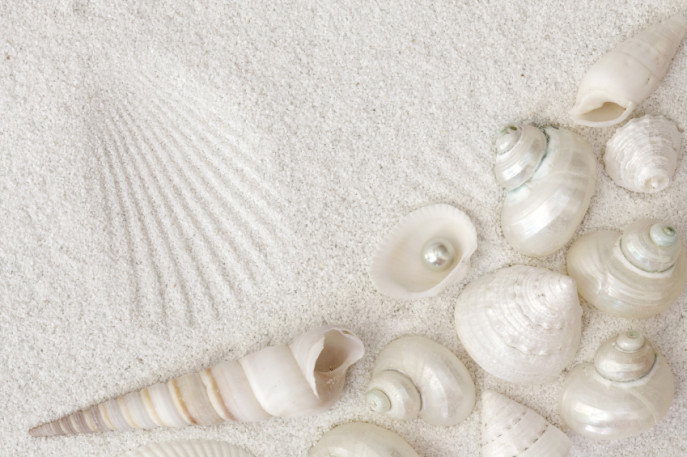

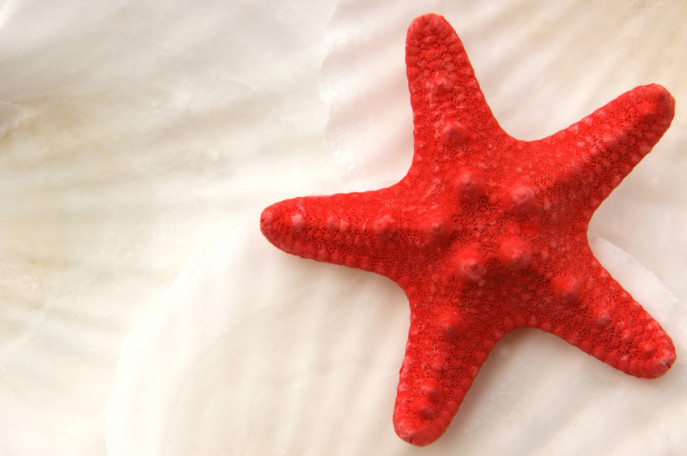

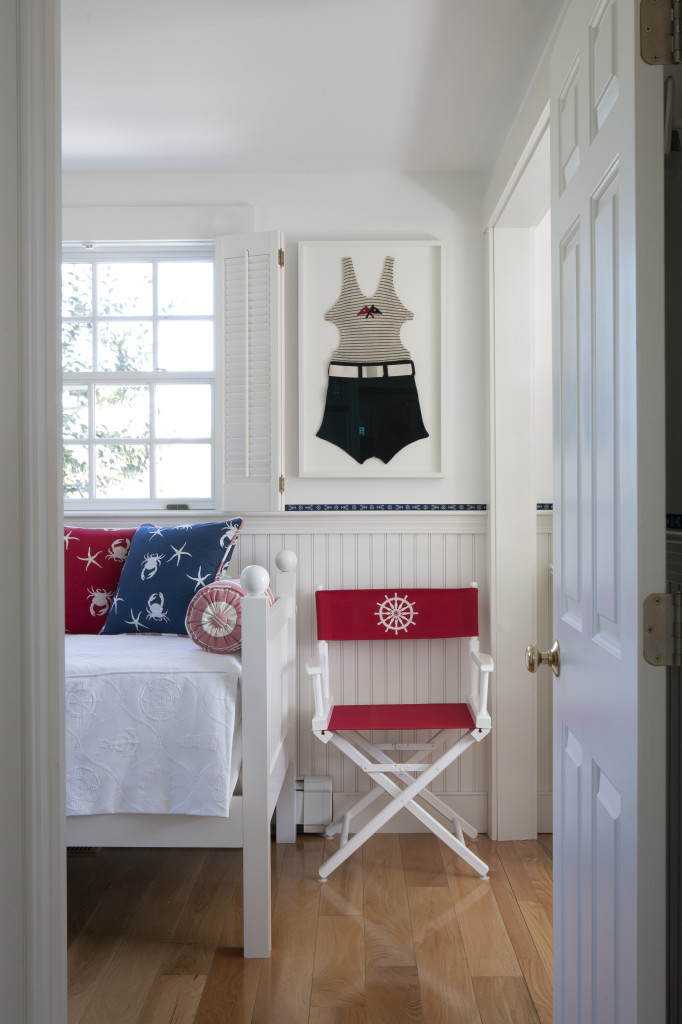

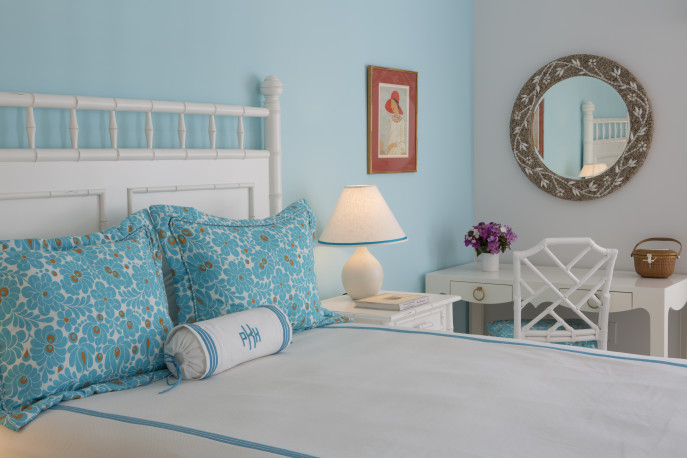
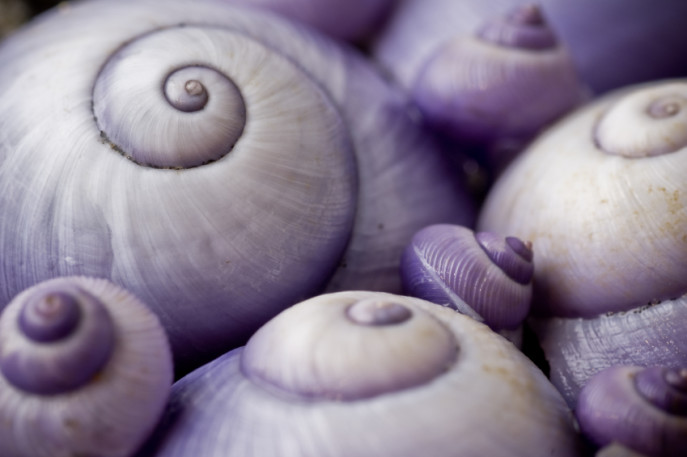
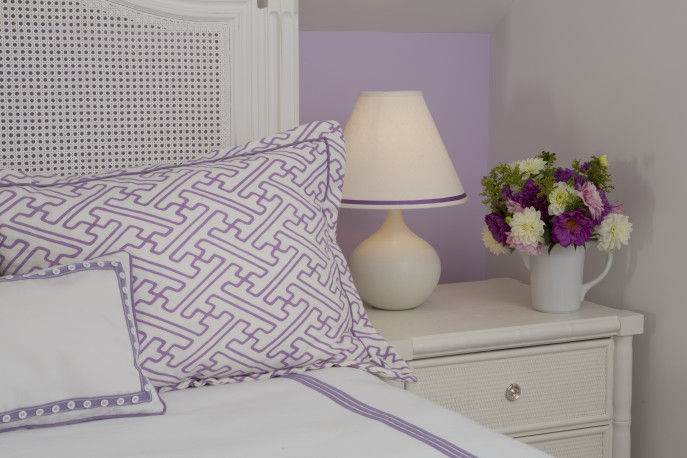

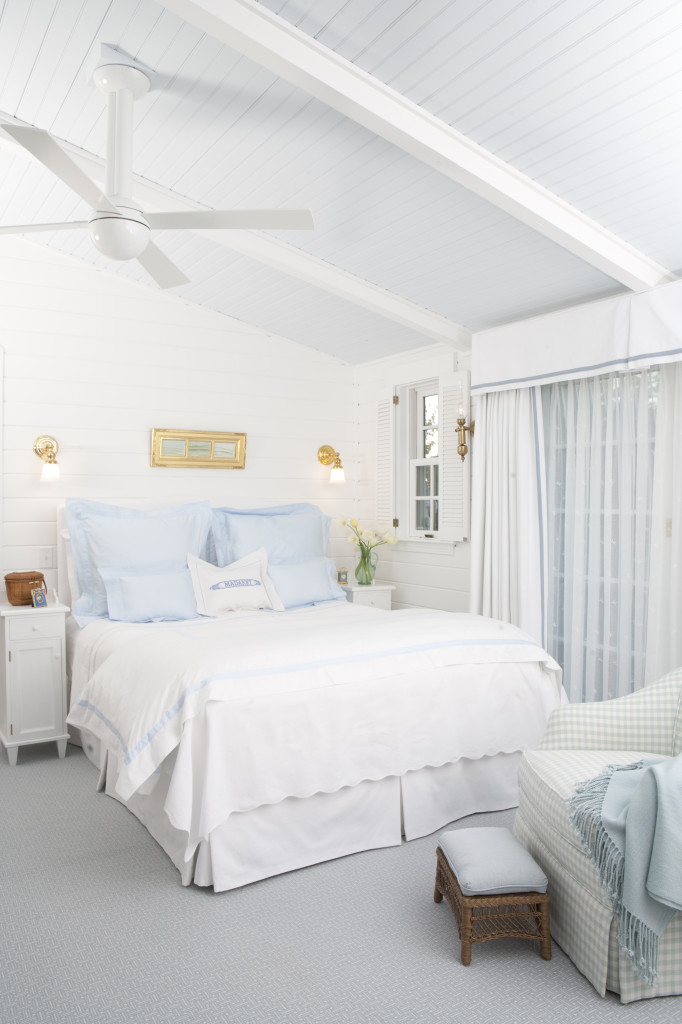
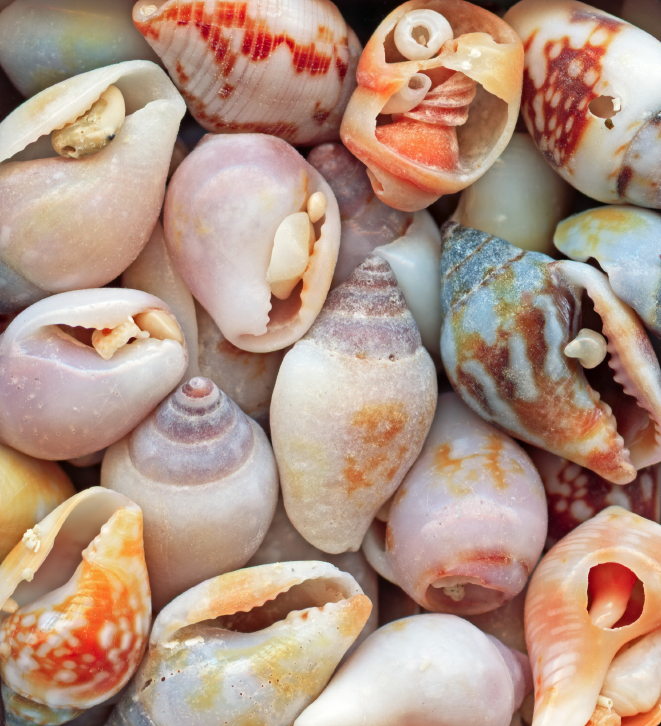
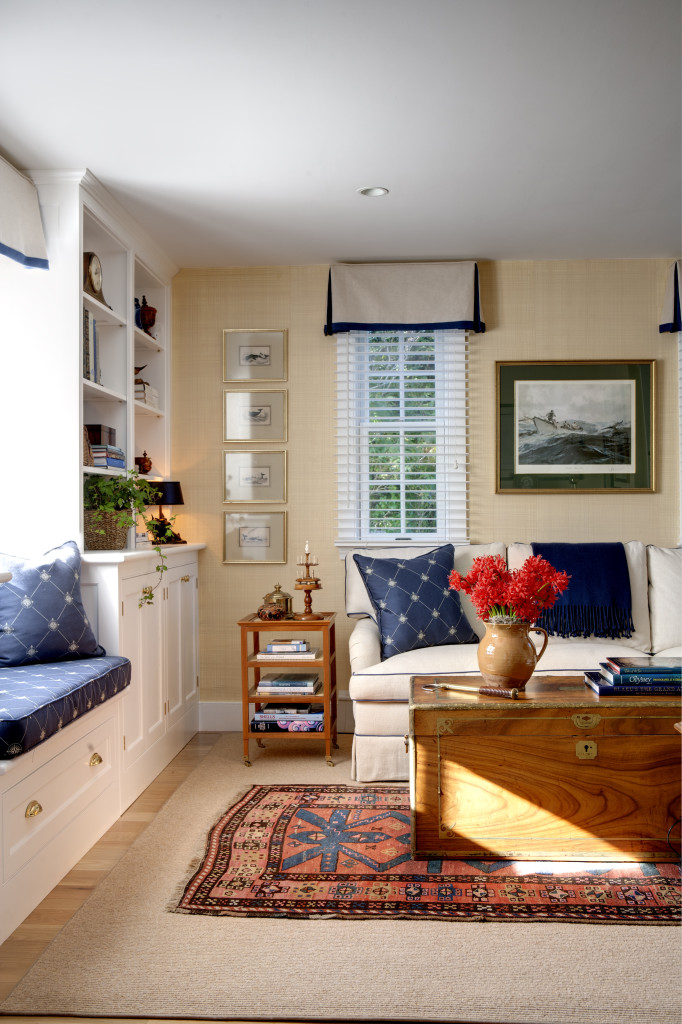




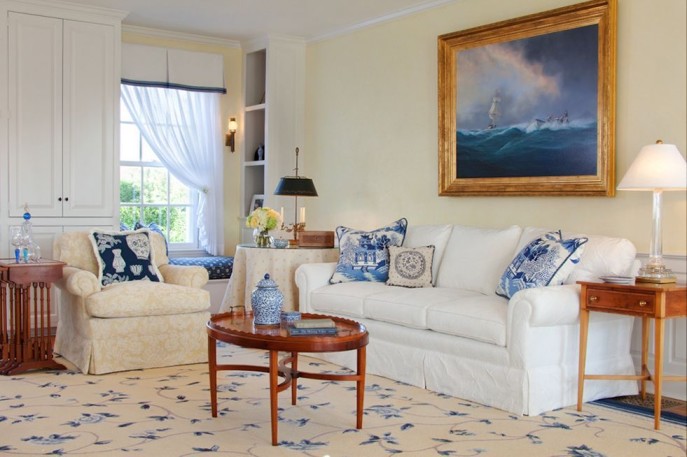
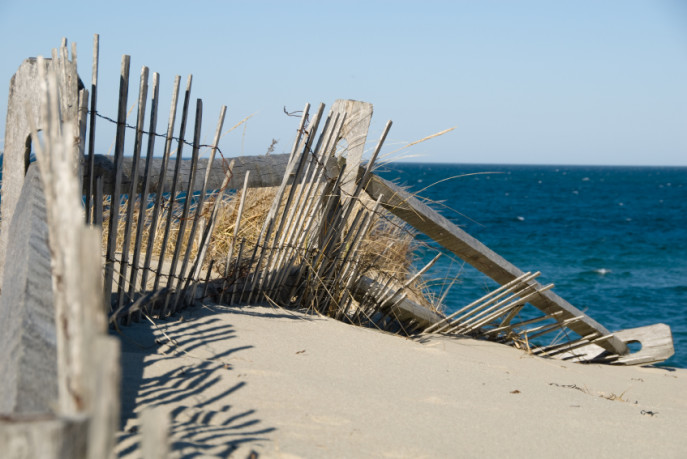
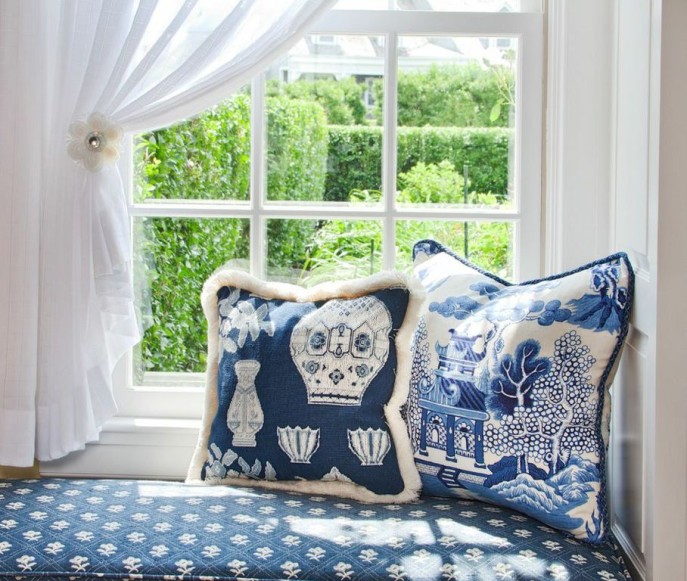
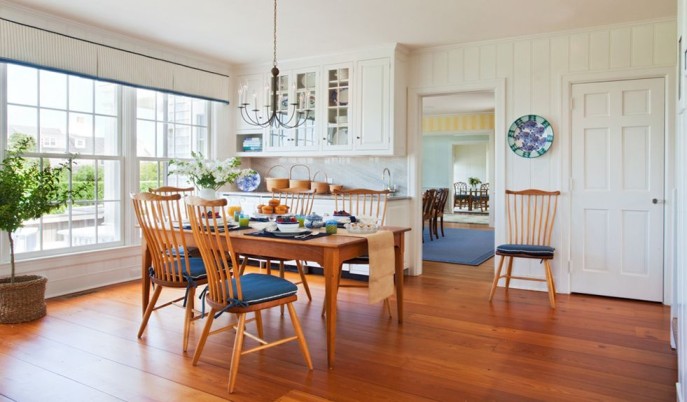
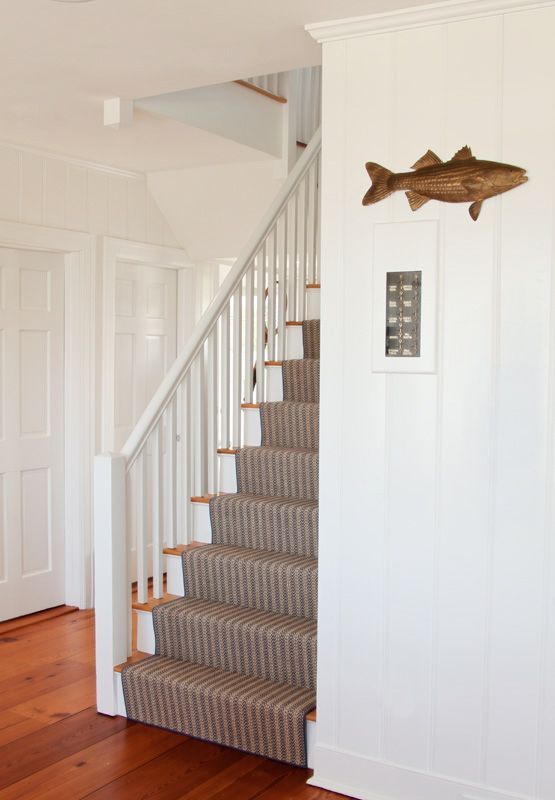

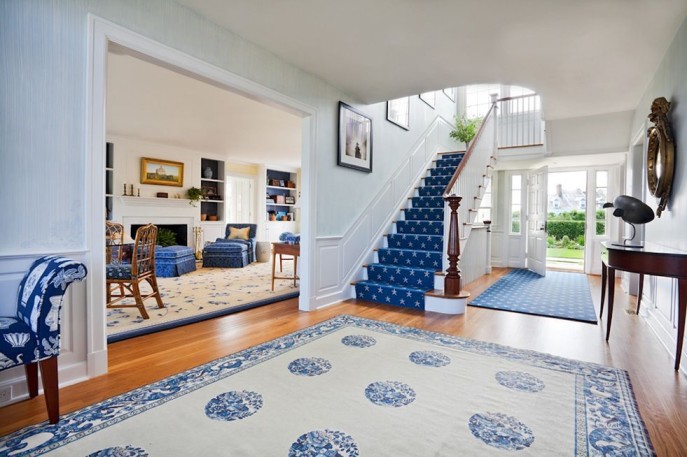
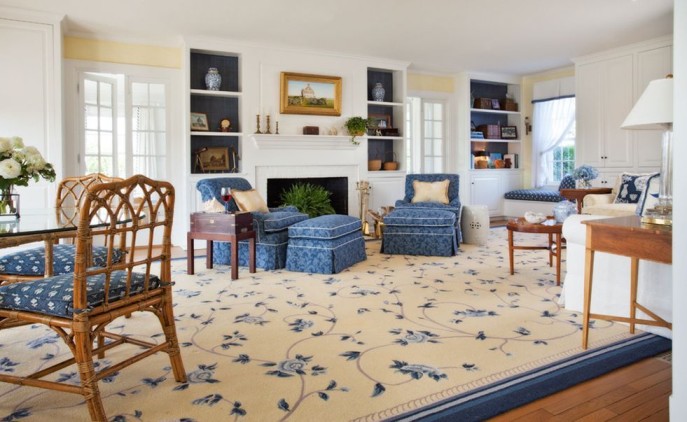
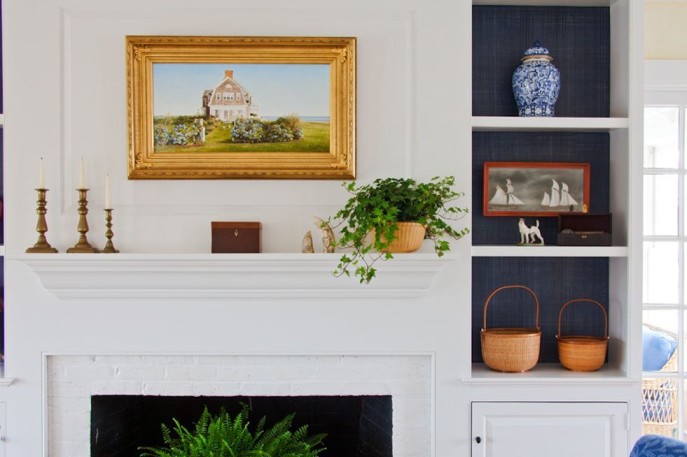
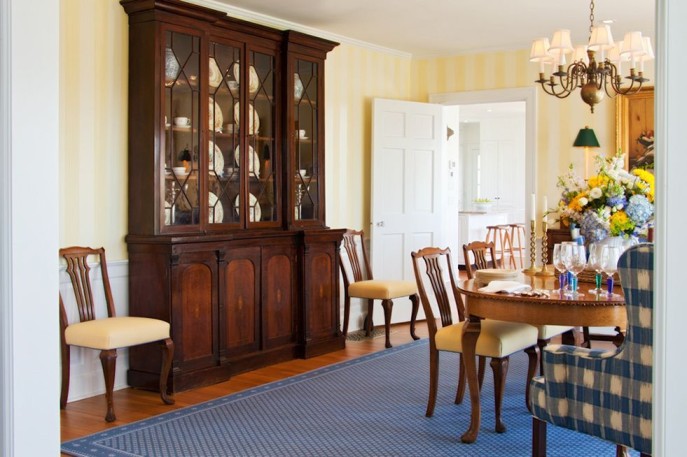
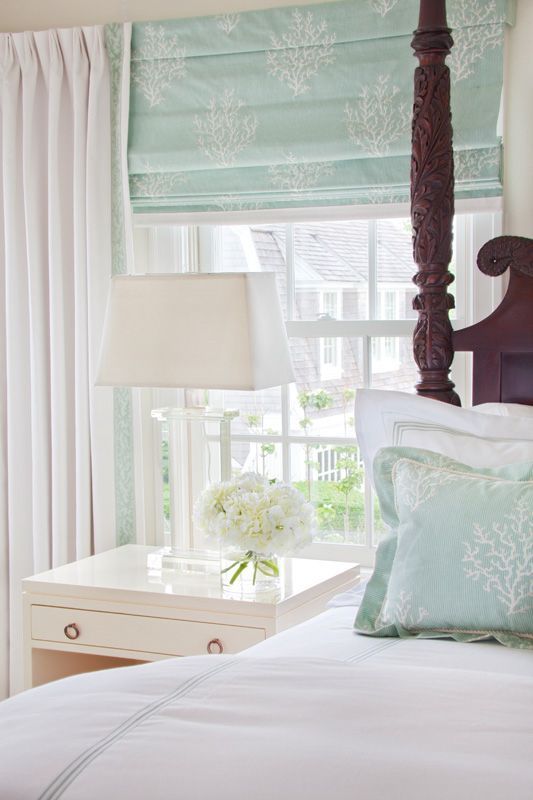

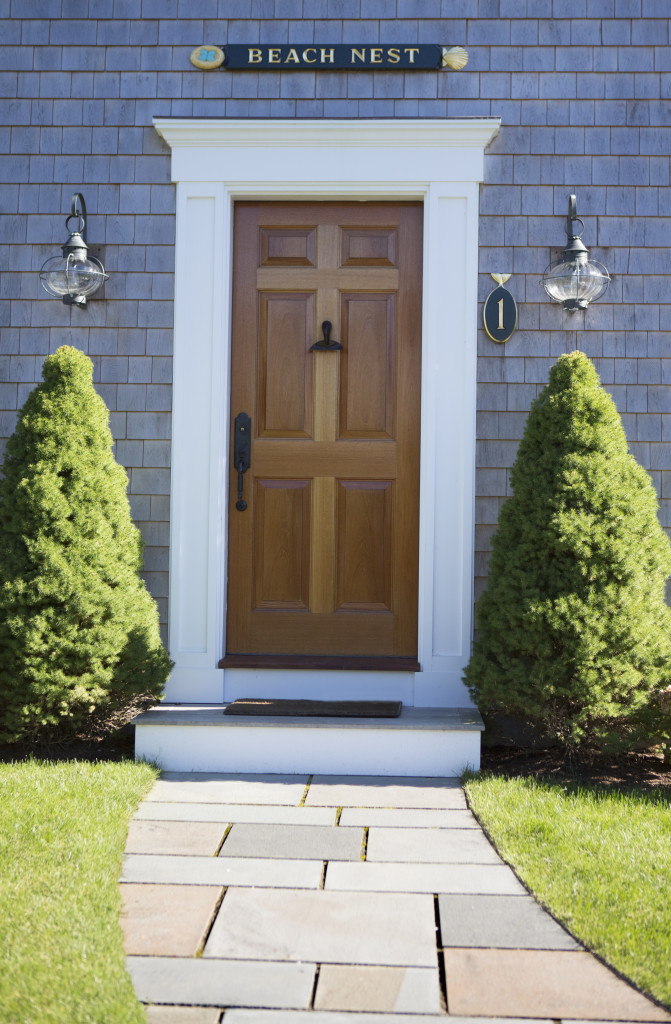
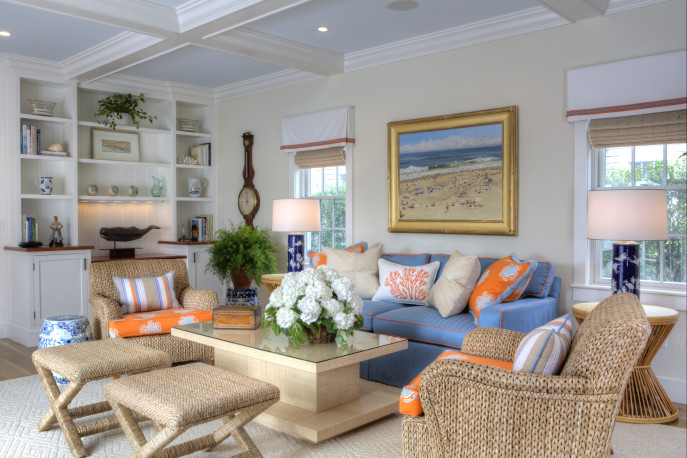
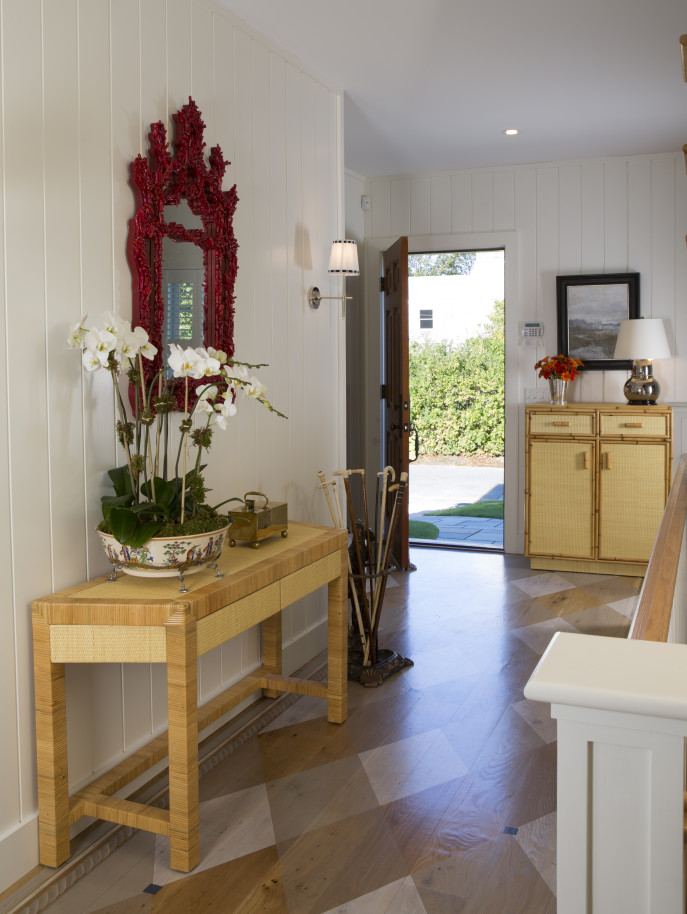
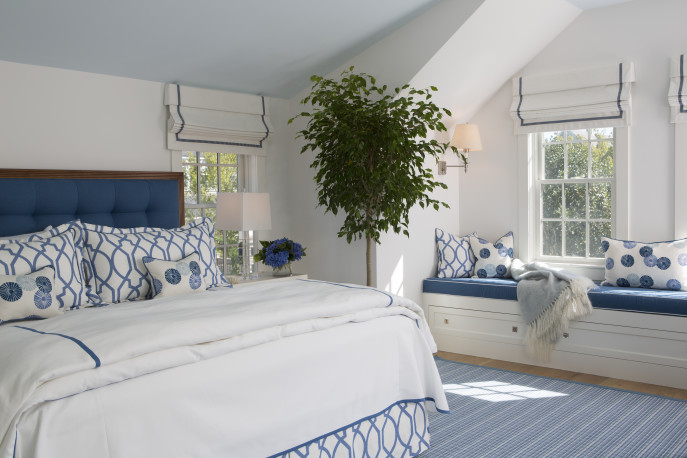
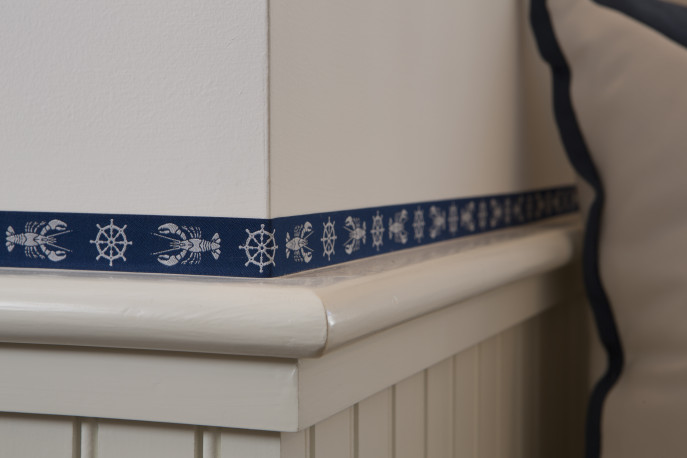
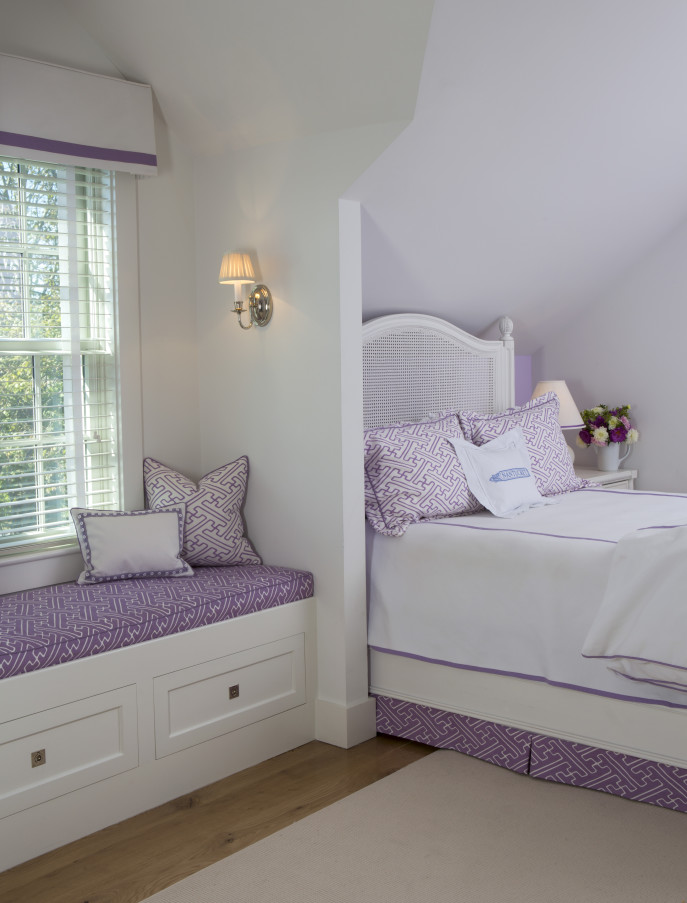
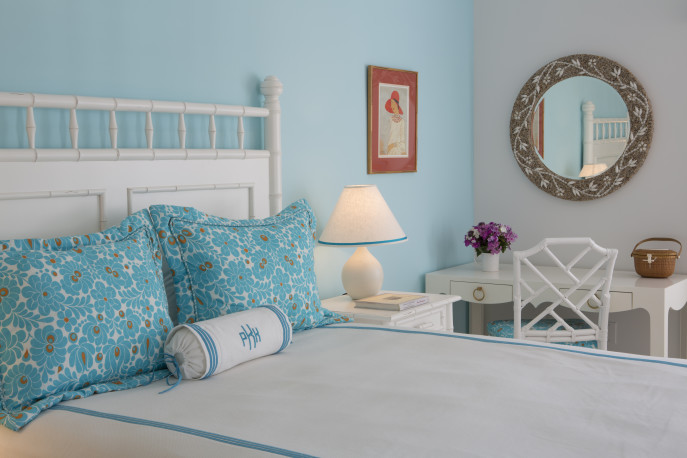 Signature colors were added to the kitchen with stools and bistro chairs handwoven in France.
Signature colors were added to the kitchen with stools and bistro chairs handwoven in France.